Sons of ivan
Edward IVANOVICH Totleben
First, the Kavkaz-Crimea ferry. Then, along the broken road with the talking name Cimmerian Highway, I go to the Kerch Fortress, or the Russian Fortress. Its construction was carried out from 1857 to 1877. Building a strong naval fortress capable of blocking the path of an enemy the fleet to the Sea of Azov, was caused by the defeat of Russia in the Crimean War. As a result, a first-class fortress appeared, which became a kind of monument to the brilliant fortifier Eduard Ivanovich Totleben. Indeed, in it he brought to life all the advanced military engineering ideas of that time.
The German surname Totleben is derived from the motto “Treu auf Tod und Leben” (“True to death”). And Count Edward Totleben fully justified him. Russian general, famous military engineer. This man managed to make his life in the Caucasus (1848-1850), distinguished himself in the defense of Sevastopol during the Crimean War (1854-1857), and worked as the main manager for the defense of the Black Sea coast during the Eastern War (1877-1878). He built forts and fortifications in Kerch, Ochakov, Odessa, Sevastopol, Sveaborg, Dinaburg, Nikolaev, Vyborg, Kronstadt, Kiev and other vulnerable cities of the Russian Empire.
Alexander II, who visited the city three times, controlled the construction of the Kerch fortress. The Russian Empire spent more than 12 million rubles, and, as a result, received one of the seven strongest fortresses of Russia, the empire's support on the Black Sea.
In the fortress I was greeted by a young Kerch writer Dmitry Markov. Dima turned out to be a very emotional guide: “We have been walking here not so long ago - until 2000, the fortress was closed. In Soviet times, it housed a military unit, there was a munitions depot. Then they took them out for many years. And still not sure that nothing is completely overlooked. Our fortress! Walking in compartments, barracks, tunnels, thinking about those who served here. To wander through the useless building that survived the wars for which it was built, listen to the echoes in its labyrinths and enjoy the WORLD! ”
The fortress was built in the era of smooth-bore weapons and was completed when a rifled weapon appeared, so that it did not participate in any of the wars for which it was intended, and during the years of the Second World War it was largely destroyed due to bombing - there were almost no ground structures, but in general it reached us less than half of its structures.
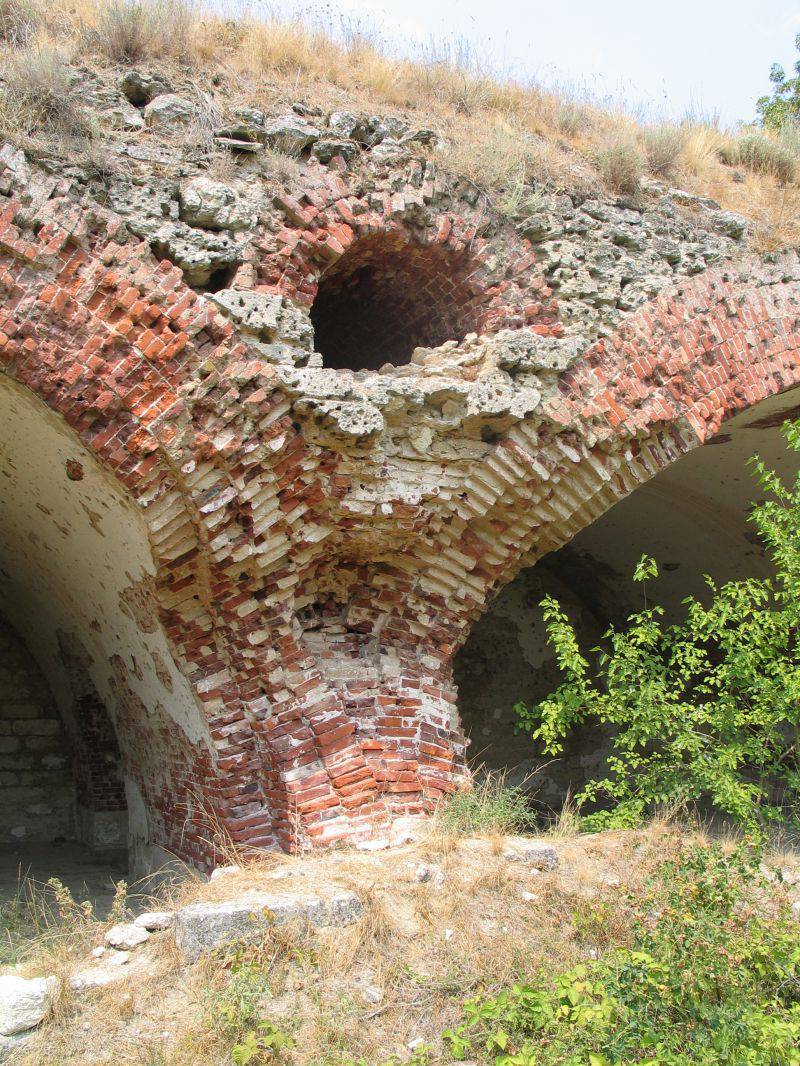
The fortress suffered greatly from the Vandals. Below - perhaps the only preserved authentic forged gates that stood in all passages from the inside of the fortress to the moat. In the center of the frame - exit ventilation.
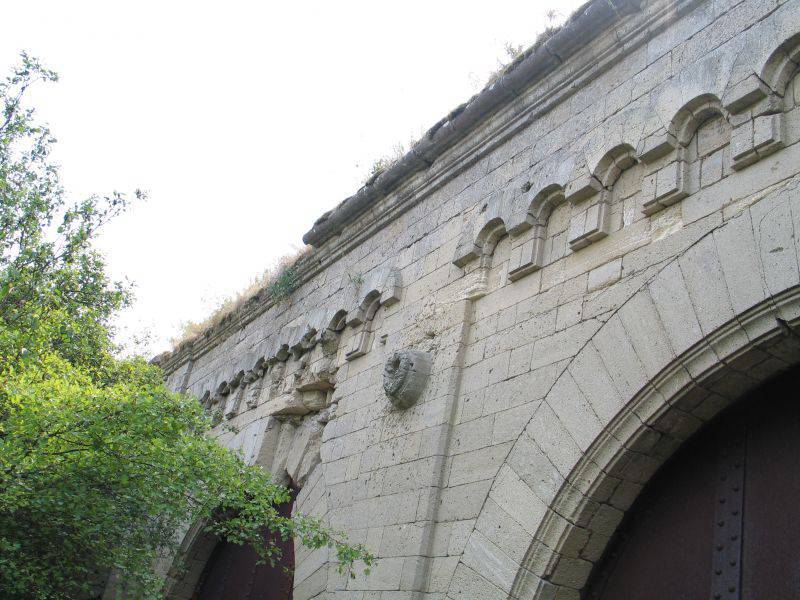
The fortress "Kerch" is hidden under the earthen embankments, it is difficult to see it from the ground, air or water, but at the same time it has all the traditional attributes of classical defensive structures: ditches, ramparts, loopholes, walls.
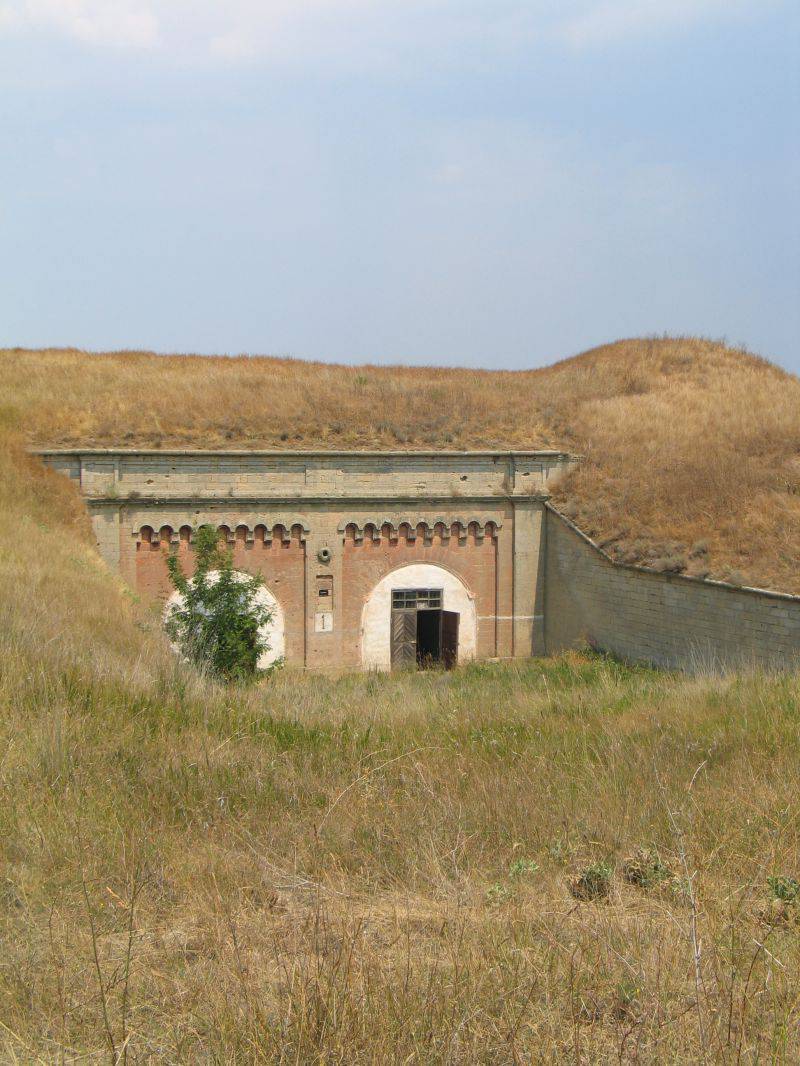
They are made of natural local materials: shell rock, red brick, limestone. The latter was very viscous in structure. When the nucleus hit the walls, it did not shatter into pieces and did not hit a large number of people.
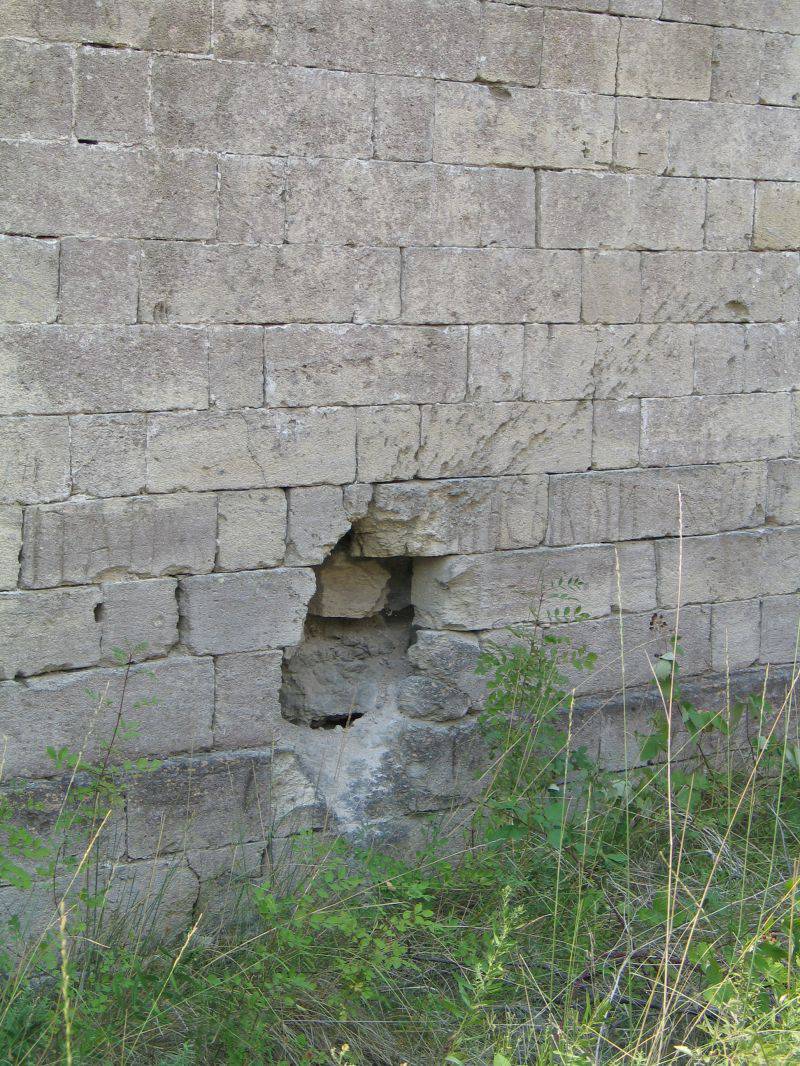
Usually, when mentioning a military facility, practical, angular, without unnecessary construction details come to mind. In Totleben Fortress everything is completely different: the most unpretentious buildings are decorated with amazing brick ornaments. The huge fortification, hidden in the coastal hills in the narrowest part of the Kerch Strait, looks amazing.
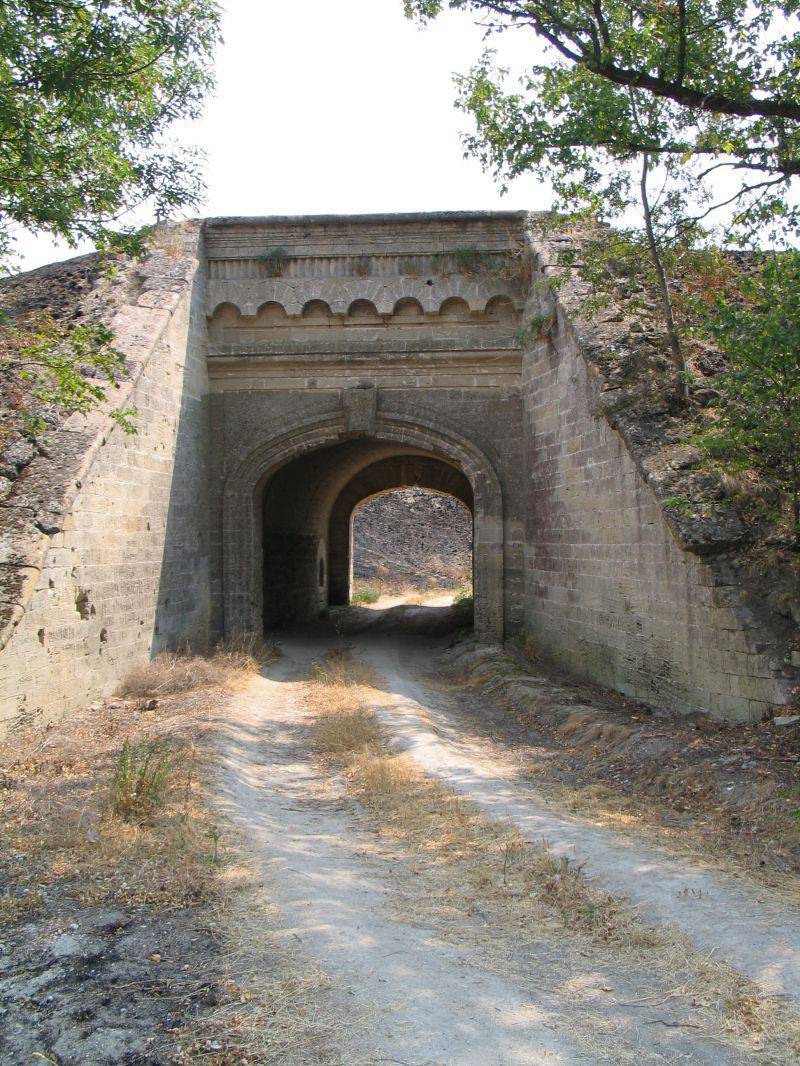
Most of the structures of the fortress are interconnected by underground passages (terra). The longest of them leads from Fort Totleben to coastal batteries. The length of this tunnel is about 600 meters, and it is about him that most of the myths, legends, and just scary stories that are unlikely to have anything to do with the truth.
Gateway leading to the Ak-Burun fortification.
Ventilation shaft
One of the gates leading from the inside of the fortress to the defensive ditch.
Defensive ditch.
Polukaponir in the ditch.
The inscription on the inner wall of the moat.
View of the half-caponier in the moat.
The entrance to the half-canopy from the moat.
Ventilation shaft.
One of the pre-revolutionary barracks and the destroyed staircase to it (perhaps already in Soviet times).
Probably a powder cellar.
The barracks.
Half-ruined during the war caponier in the moat.
Inscriptions, made, apparently, by the soldiers of the Red Army in 1941 year.
View from the fortress in the direction of the Mithridates ridge.
Moat
Giorgio IVANOVICH Torricelli
After wandering through the desert fortress, I go to the very center of the city, to the foot of Mount Mithridates. Once upon a time there was a beautiful church on it - the First Russian Museum in Kerch. As we climb the majestic staircase with griffins to the mountain, it becomes clear: there is nothing to watch.
... In 1834, Kerch was lucky. Received the highest order for a loan in 50000 rubles for the construction of the museum building directly on Mount Mithridates, and already in 1835 it was completed. An example was taken from the Athenian temple of Hephaestus (patron saint of commerce), located on the agora (market square) near the acropolis. The architect was seconded to Odessa city architect Giorgio Ivanovich Torricelli.
Giorgio Ivanovich Torichelli - one of the largest architects of Odessa in the first half of the XIX century. In 1823-1827, he served as an "architectural assistant", and then became the city architect of Odessa. In 1828, he compiled a general architectural plan for the city.
Of the buildings and structures designed and built in Odessa under the supervision of Toricelli, it can be noted: the Archangel Michael Cathedral (destroyed in 1931), St. Paul's Kirch, the palace of the Odessa acquaintance of Pushkin, Count I.O. Witt, the English Club (now the Museum of the Navy), the ensemble of the Exchange Square, the Museum of the Imperial Odessa Society stories and antiquities, the mansion of Tolstoy (now the House of Scientists), the merchant stock exchange (now the Odessa City Council) on Primorsky Boulevard, Sabaneyev Bridge, as well as the Palais Royal benches of 44.
Only in 1841, after all preparations, did the museum open its doors to the public. “You can judge how he makes an impression from all sides of the Bosphorus, especially when this majestic bulk, illuminated from the bottom of the gable up to the top, is reflected in the waves,” wrote Swiss traveler Dubois de Monpere.
The Anglo-French, who seized 12 in May 1855, the Kerch, ravaged the museum and set up a powder warehouse in it. The landing party demonstrated all the “power of European culture”: “The museum door is broken ... the marble floor is broken, the fireplaces are broken, the windows in the manholes are broken, the furniture and the closets in the niches are destroyed. The ancient things kept in the museum are stolen ... Marble lions and gravestones the monuments that were under the pillars of the museum are all stolen, except for some that do not matter. " According to N.P. Kondakova, the floor of the museum for several inches was covered with broken dishes and glass. The remaining valuables (including ceramics) were exported abroad by the English colonel Westmaket.
In fact, a hundred years after this, the building passed from hand to hand. After the war, the building served as a church and was kept in a decent form, and after the landslide that began in 1880, it was strengthened, then repaired - there was a church again, and before the Second World War - a museum. The building was so destroyed in the war that it actually had to be rebuilt, which the councils did not want to do, and in 1959, one of the key architectural structures in the guise of Kerch was demolished.
A public figure Edward Desyatov, with whom I met, stands for the restoration of the Theseus temple. He is surprised at the long-term unwillingness of the city authorities to raise this problem at the federal level: “The basement floor has been preserved, there are drawings, paintings, drawings, photographs left. What is missing? Real Kerchs know the price of this temple, they saw it. And new generations of citizens and leaders, alas, are not ready for action, because the temple does not exist for them. ”
Local historian Konstantin Khodakovsky does not quite agree with him: “I support this initiative, but the perishing staircase should now become a priority in the Mithridian complex - it should almost be shifted again, and then the chapel, the final stage should be the Theseus Temple for more than a hundred years, and still Kerch can not be imagined without the Mithridates Staircase. "
Mithridates Staircase
Konstantin IVANOVICH MESSAKUDI
The places connected with the biography of the hereditary honorary citizen of Kerch, the owner of a large tobacco factory, the public official of the Kerch-Yenikalskaya Duma, the elders of the Greek Church Konstantin Ivanovich Maksaksudi - do not count in the city. By the beginning of the 20th century, the Mesaxudi family owned real estate in various parts of the city, the total area of which was about 145 thousand square meters. and was valued at 336 336 rubles 50 kopecks.
The house where the factory of Mesaxudi was located was well preserved. Interestingly, there is still a building in the courtyard, built together with the main buildings in 1915 and repeating the appearance of the first factory of Maksaksudi 1867, but already serving as a kindergarten for the children of workers.
The country's largest enterprise for the production of elite tobacco products enjoyed well-deserved fame and supplied its products to the imperial court, and the owner of the production gained the legendary fame of a successful entrepreneur and generous philanthropist. The founder of the tobacco factory Konstantin Ivanovich, and later his children Gregory and Dmitry, who managed the enterprise, showed constant concern for their workers. At the factory there was a mutual aid fund, a cooperative with cheaper products than in the city, nurseries for children. Personnel workers received cash bonuses, gifts on the occasion of marriage and the birth of children. In case of injury or injury benefits were paid. The funds of the owner contained a pharmacy and outpatient clinic.
The factory was nationalized in 1920 and existed until 1941, remaining the largest tobacco company in the Crimea. During World War II, in 1941, according to some information, part of the equipment was evacuated to Armavir. The remaining machine tools and raw materials stocks were transferred to Feodosia by the invaders in order to resume tobacco production for the needs of the troops. The enterprise was no longer reborn.
About the visits of the descendants of Konstantin Ivanovich Mesaksudi can be read here.Kerch Historical and Archaeological Museum
Georges IVANOVICH Matrunetsky
Georges Ivanovich Matrunetsky was born, lived and worked here in Kerch. He wrote an incredible amount, choosing a multilayer tempera for himself (friends claim that it took a lot of colors, and the artist experimented as best he could, mixing various components into them). In the dashing 90, he had to earn money as a designer at the shipyard Zaliv, but, oddly enough, this had no effect on his creative style and the plots of his paintings. He remains true once the chosen topic, "writes a generalized image of the Kerch Peninsula - a narrow strip of land enclosed between two seas, an image of a wise, passionless, eternal, gray sea."Picture gallery
At one time his father, a hammer-striking worker, Ivan Konstantinovich Matrunetsky, came here from Ukraine and built a house with his own hands that now stands on Chernyakhovsky Street. Now the artist’s widow Maria lives here and this is perhaps the only place in Kerch where you can see at least a few of his paintings. I hope that someday there will definitely be a house-museum of the artist.
Works by Georges Matrunetsky are in the Feodosia Art Gallery, the Simferopol Art Museum, the museums of Odessa, Kiev, private collections of different cities and countries ... During his lifetime he did not know the stinginess and easily gave his paintings to friends, galleries, institutions, but few were able and wanted to save these canvases for posterity: paintings were sold and changed for products in difficult years, and sometimes they simply “disappeared” from local museums. The time has come for them to return home.
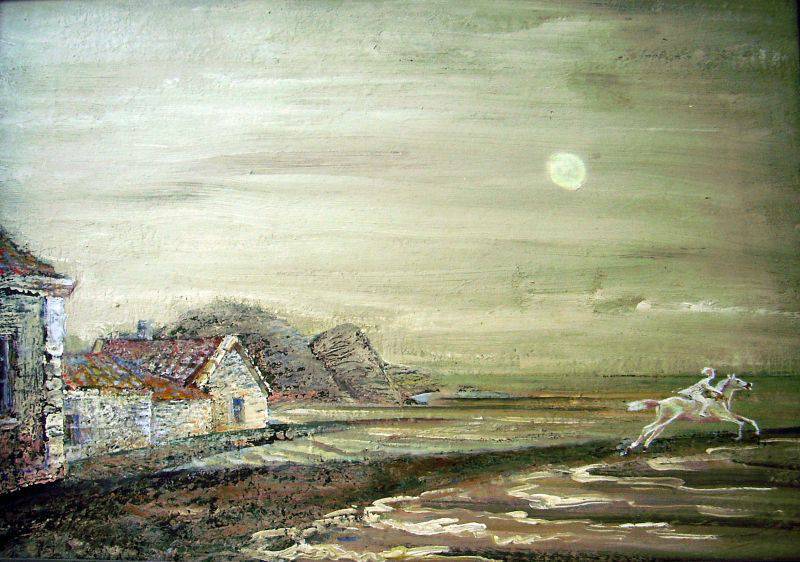
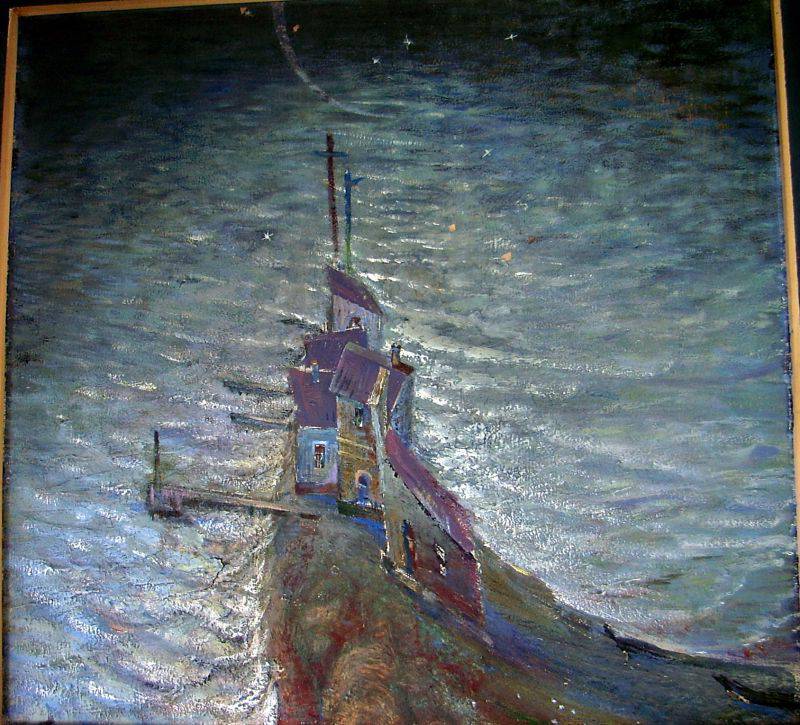
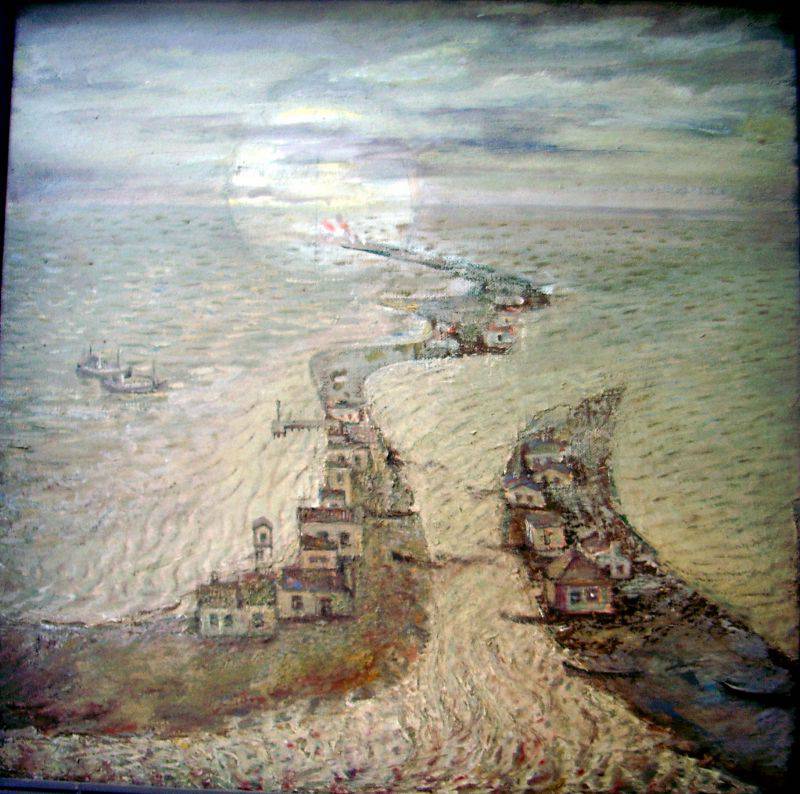
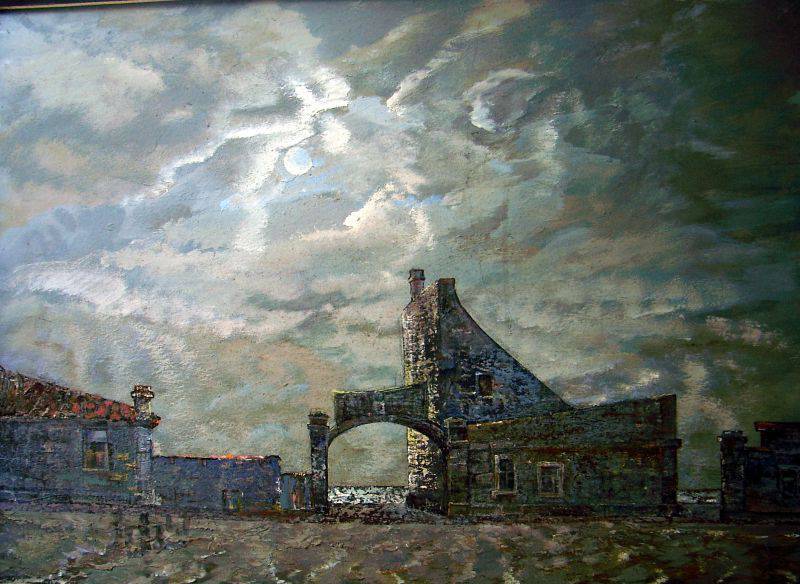
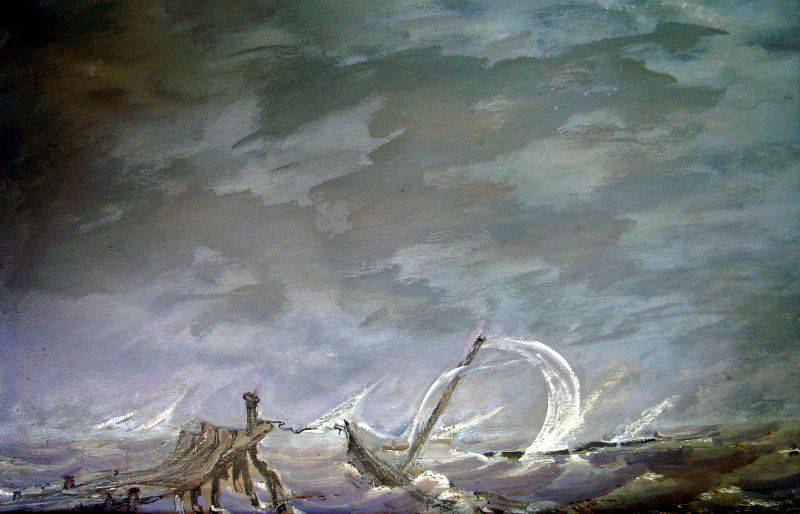
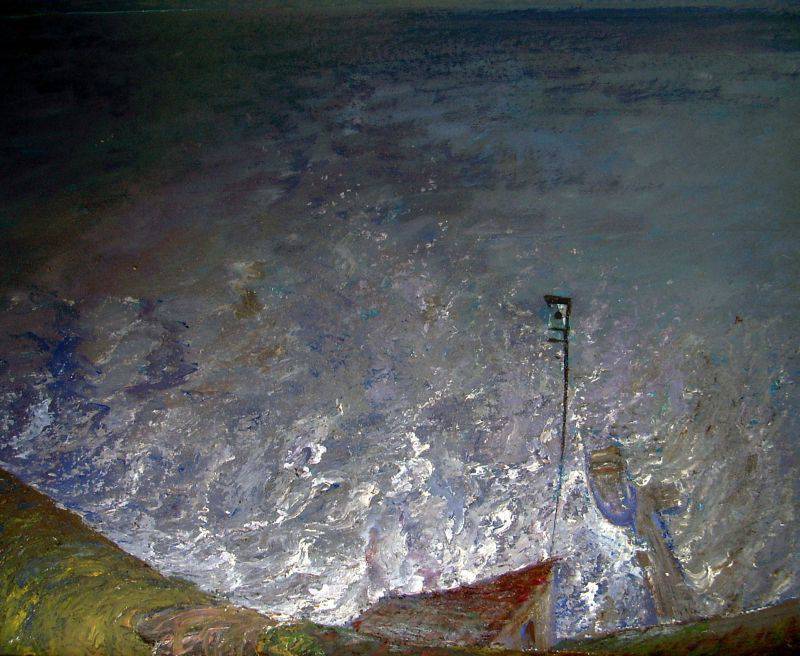
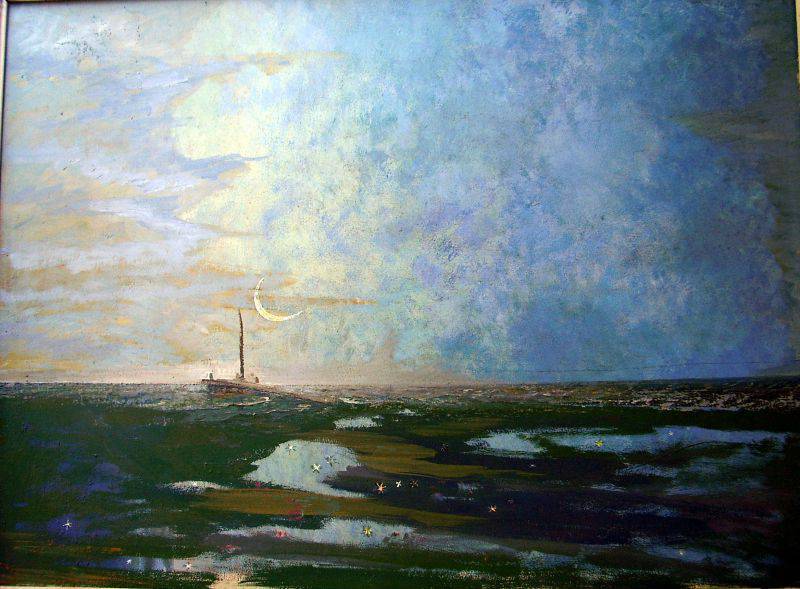
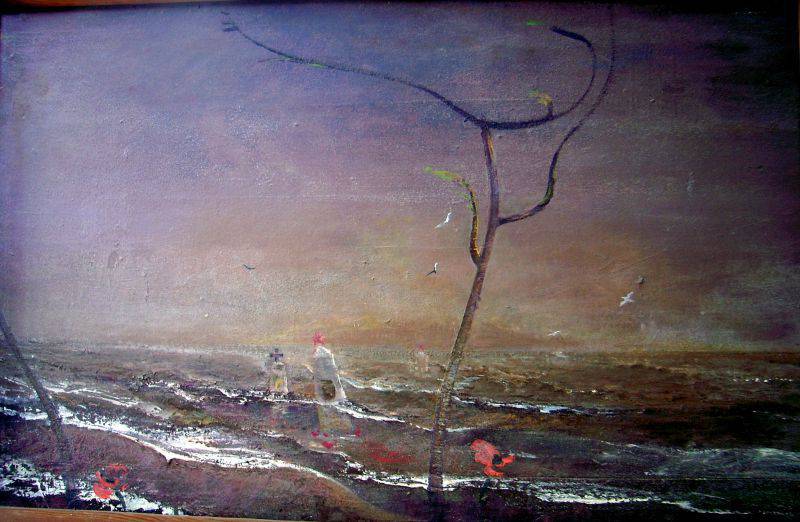
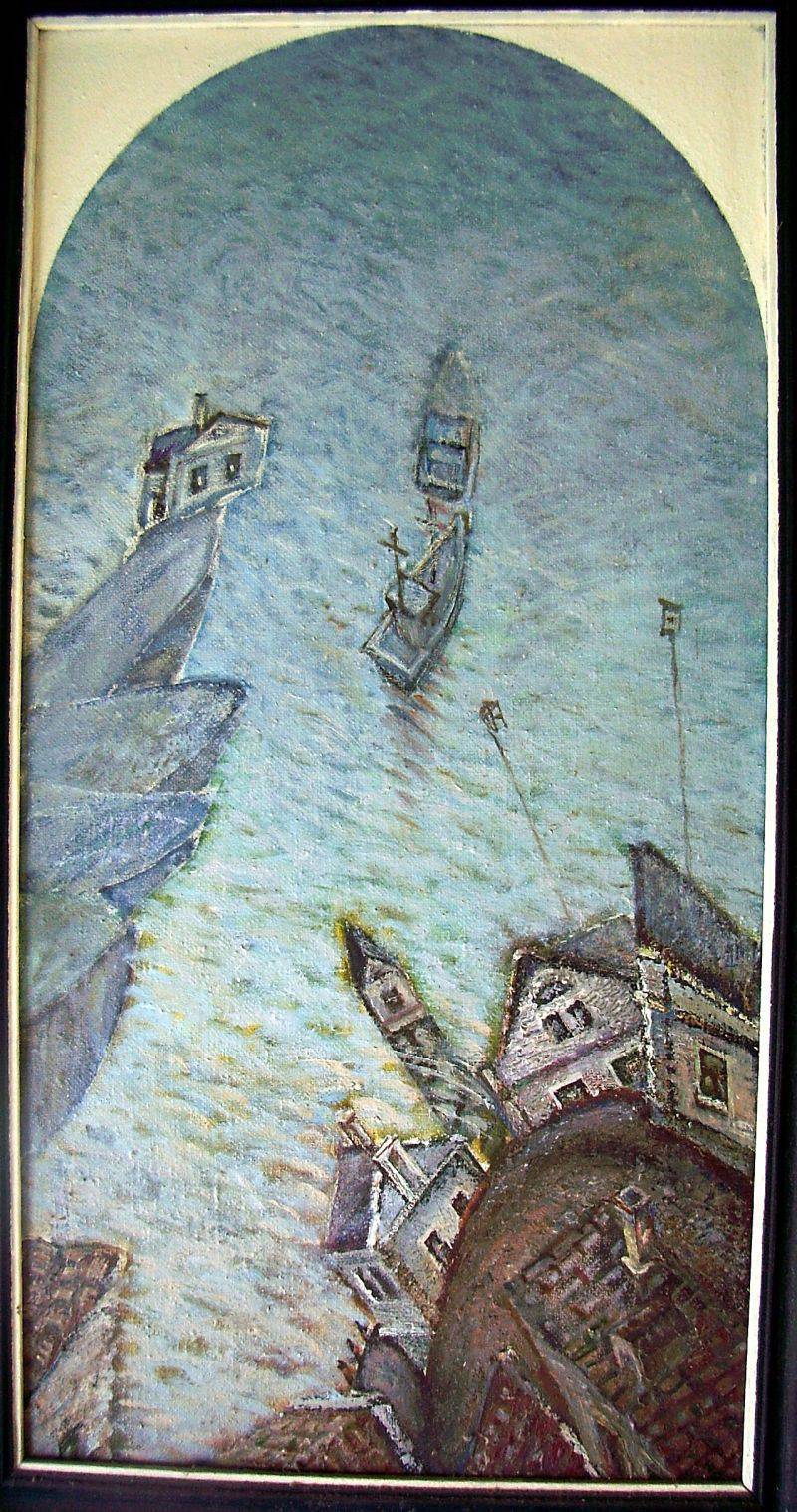
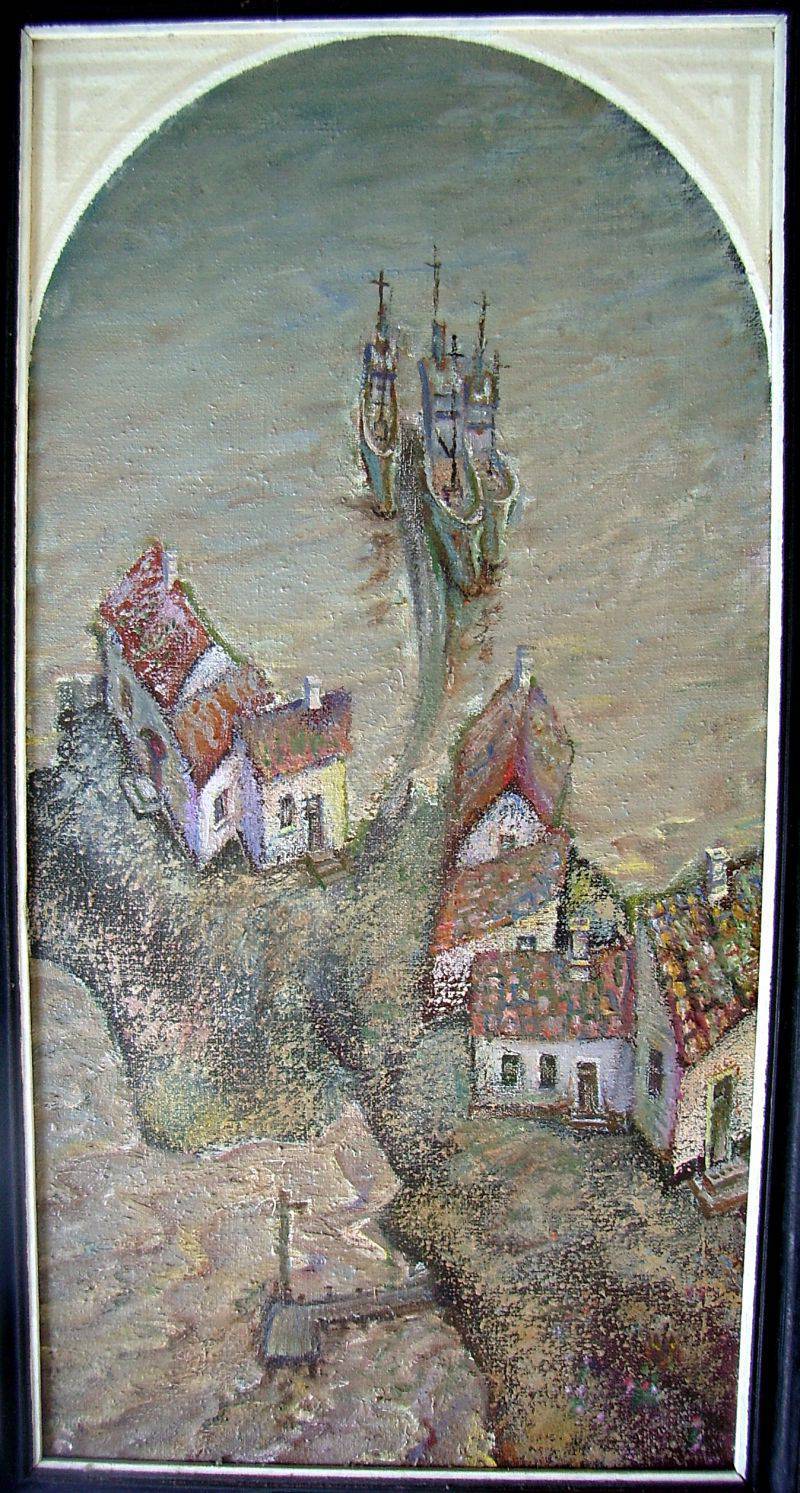
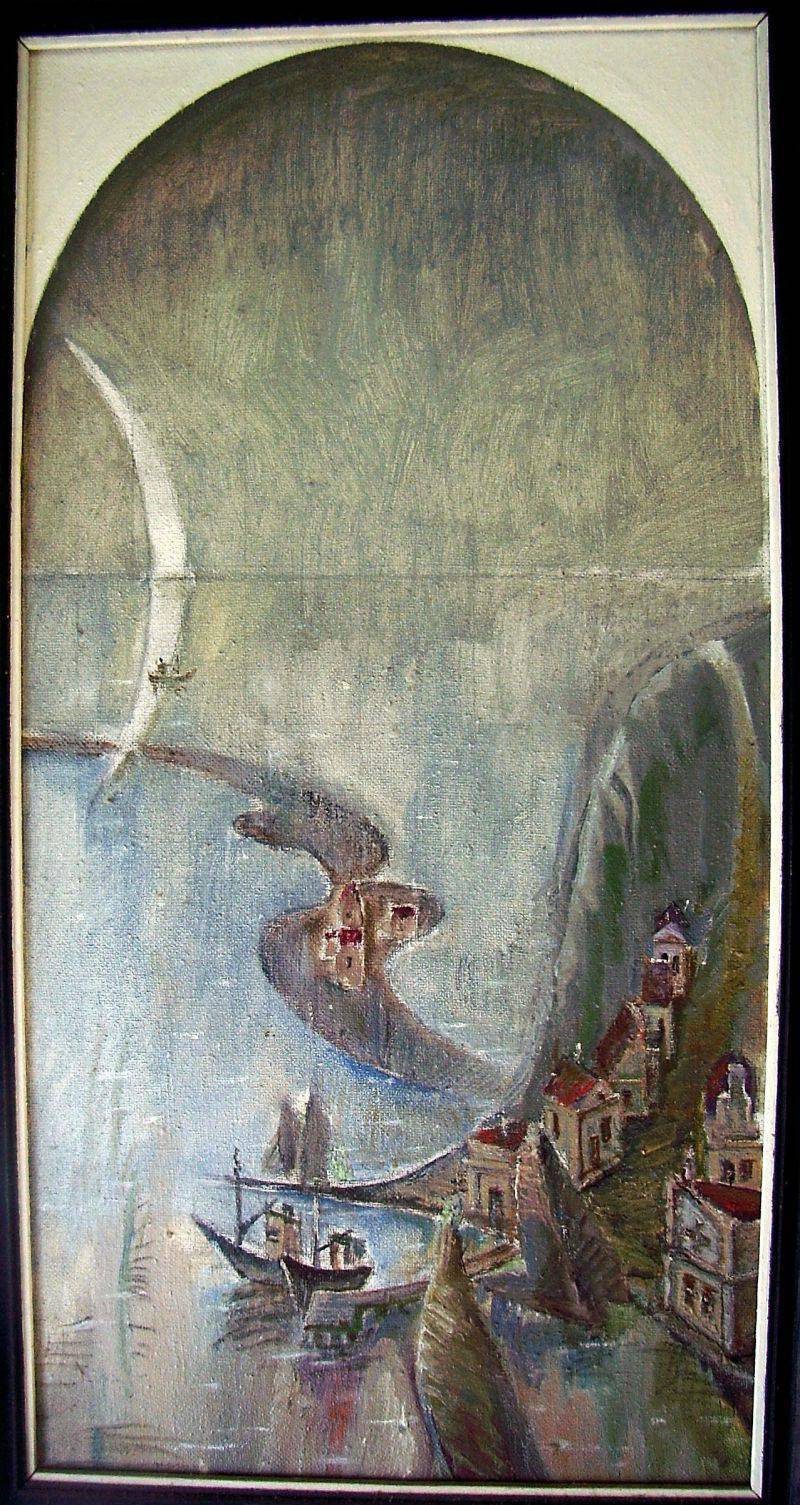
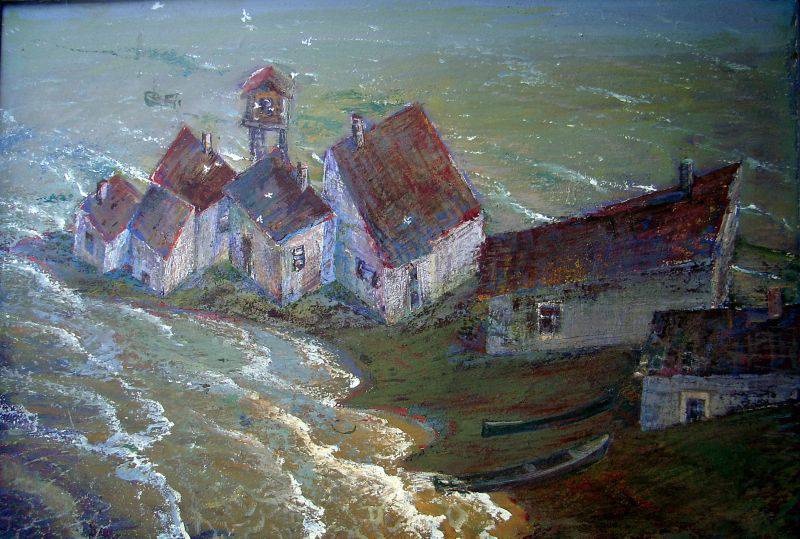
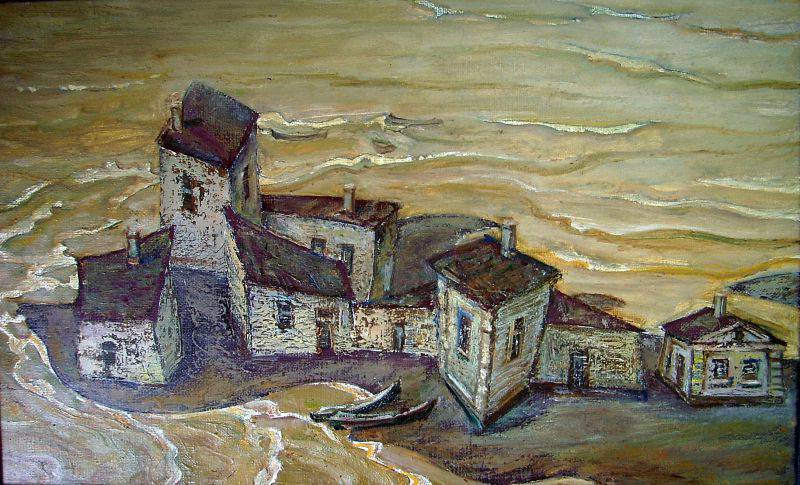
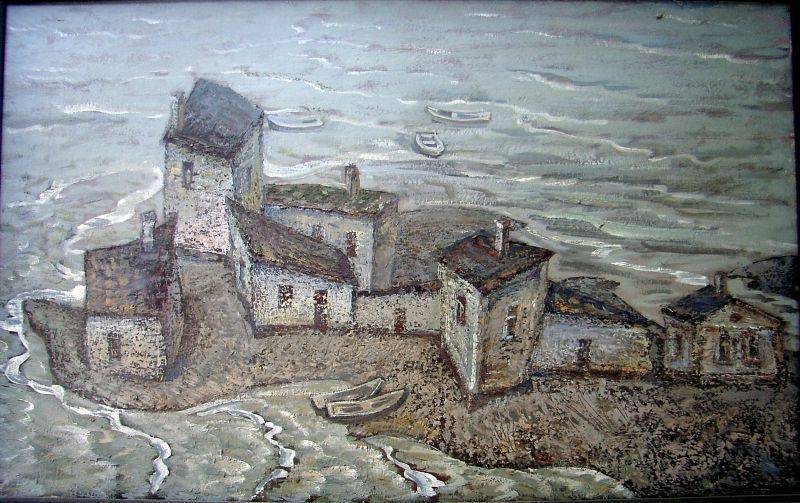
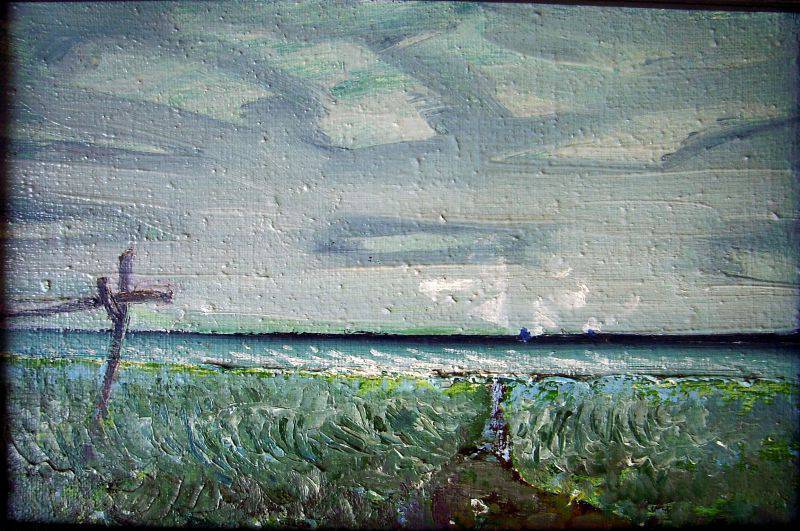
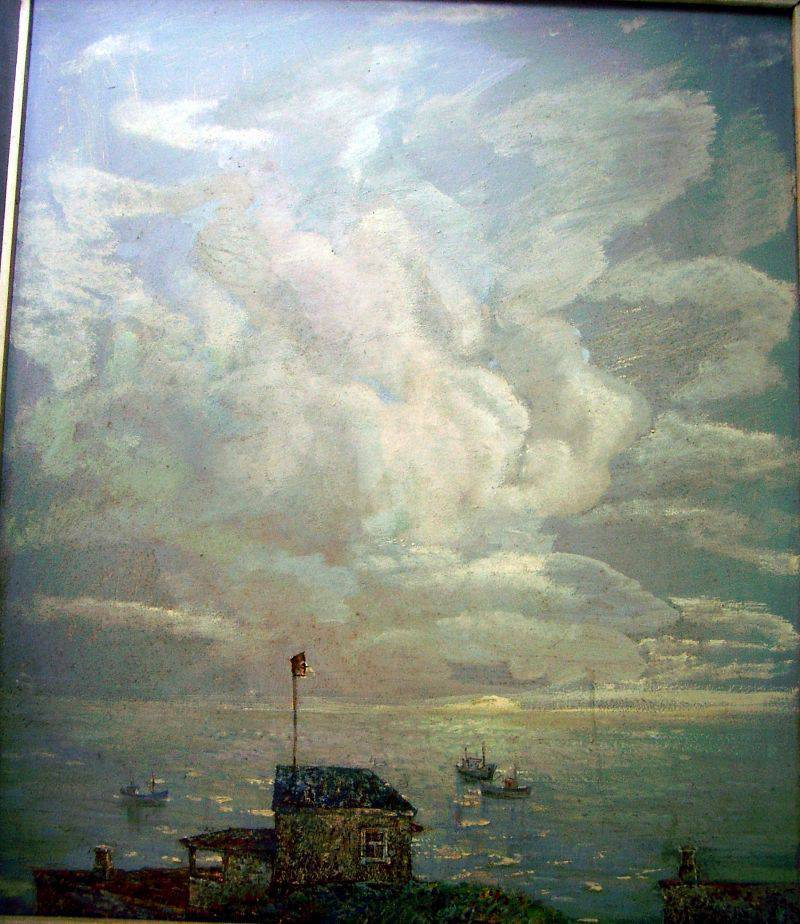
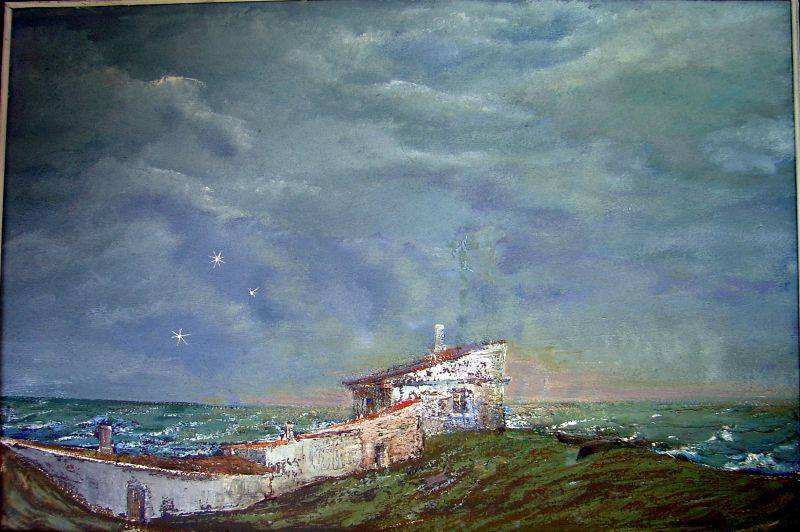
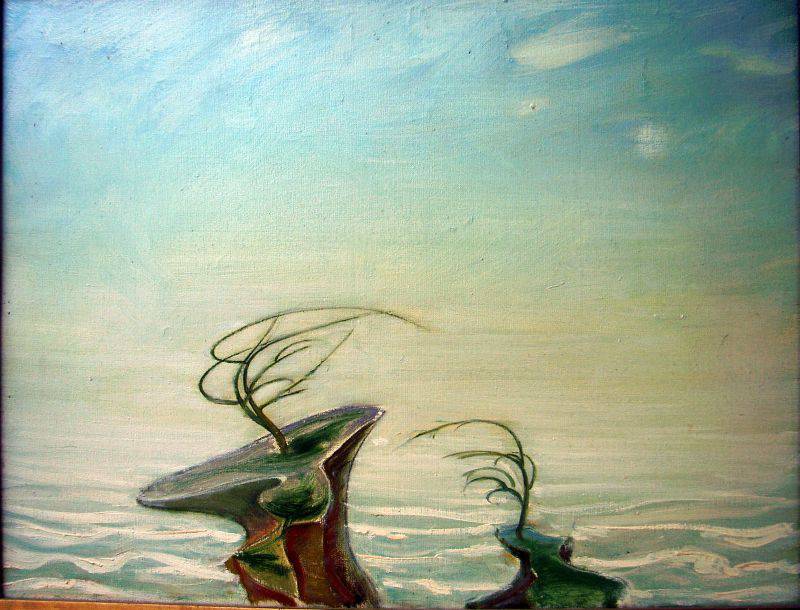
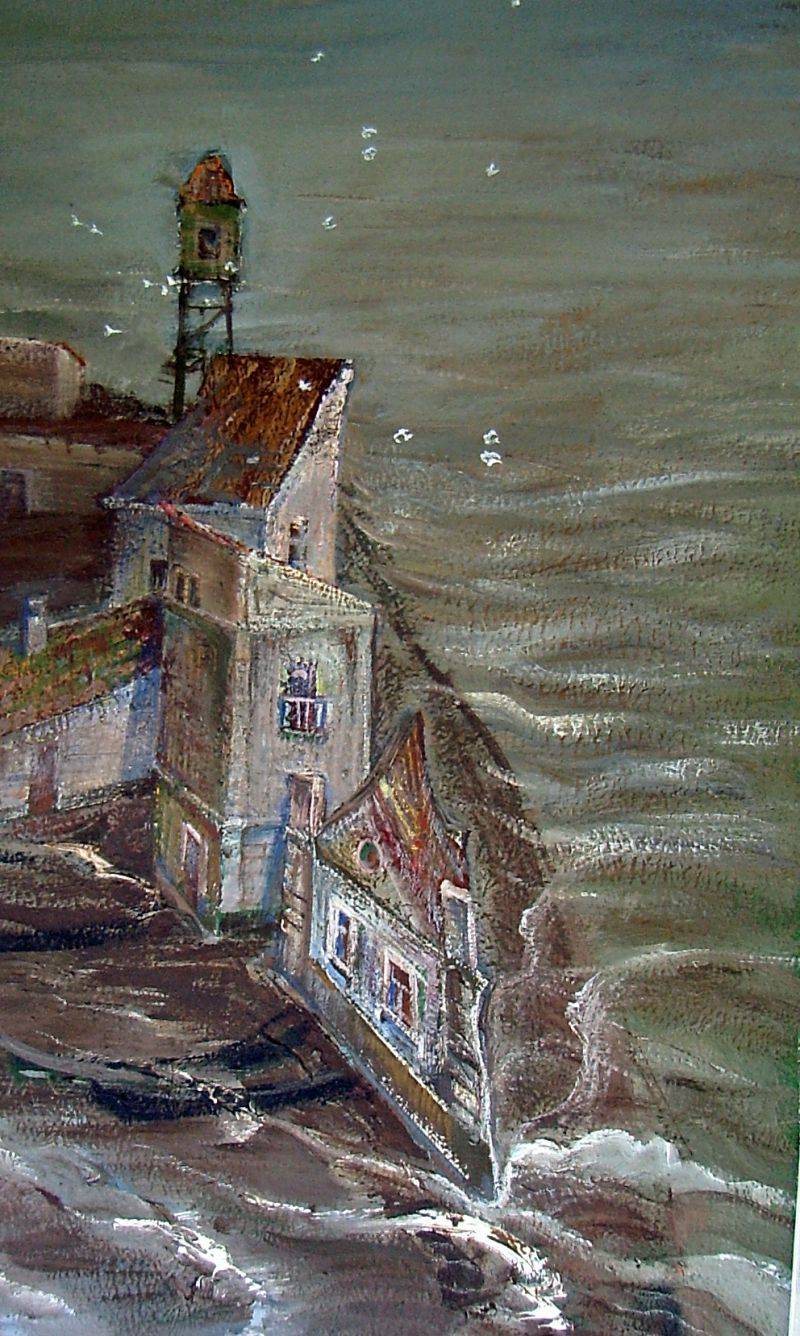
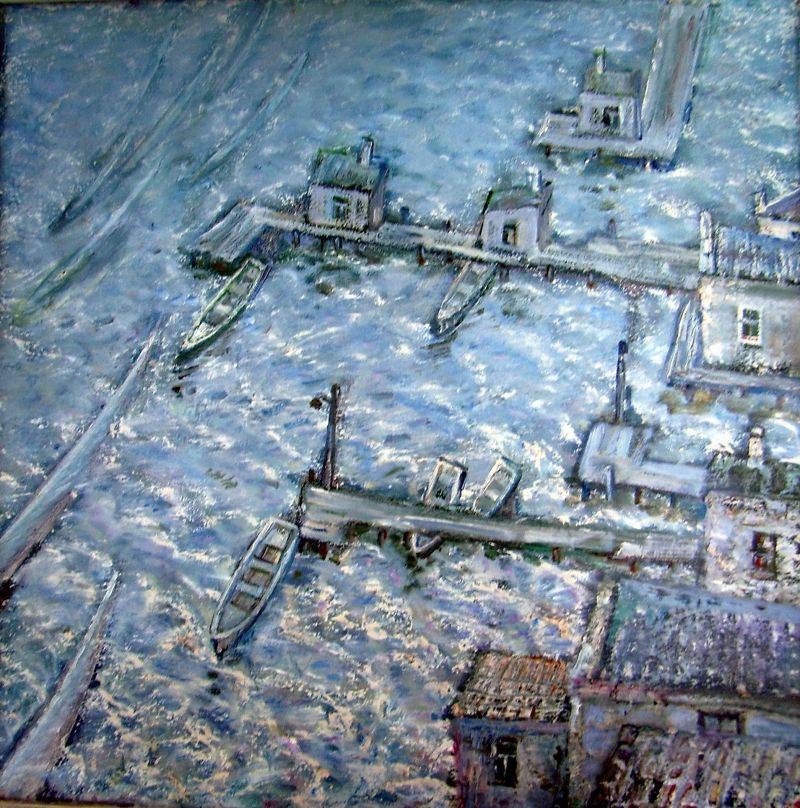
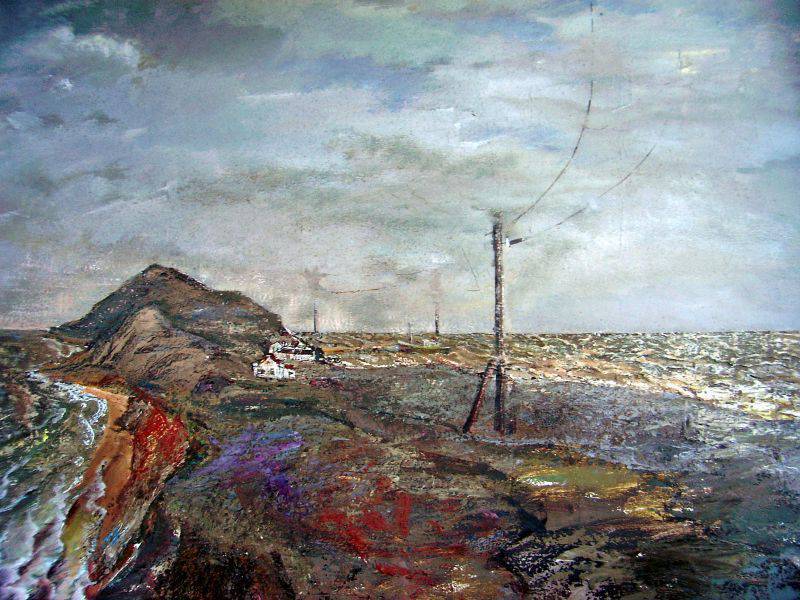
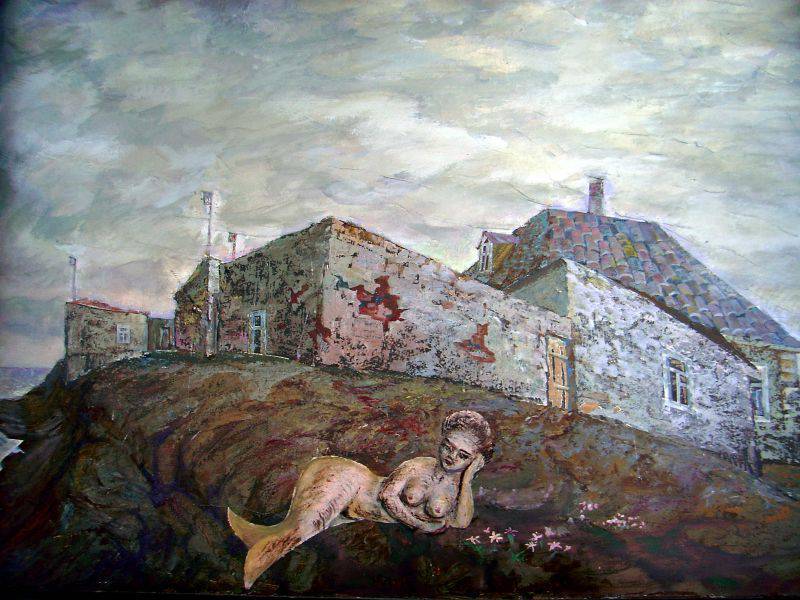
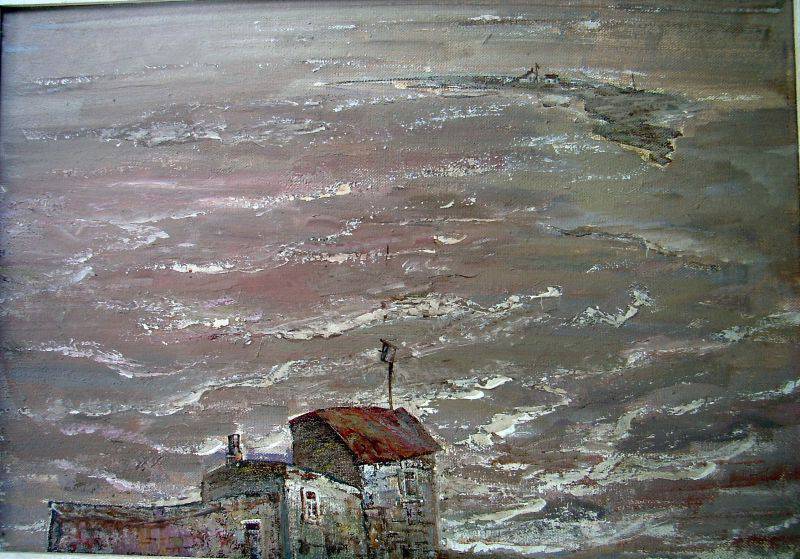
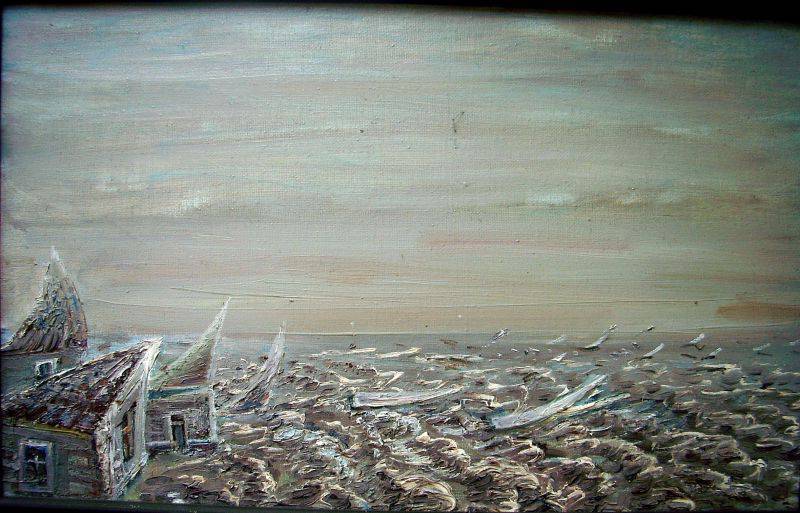
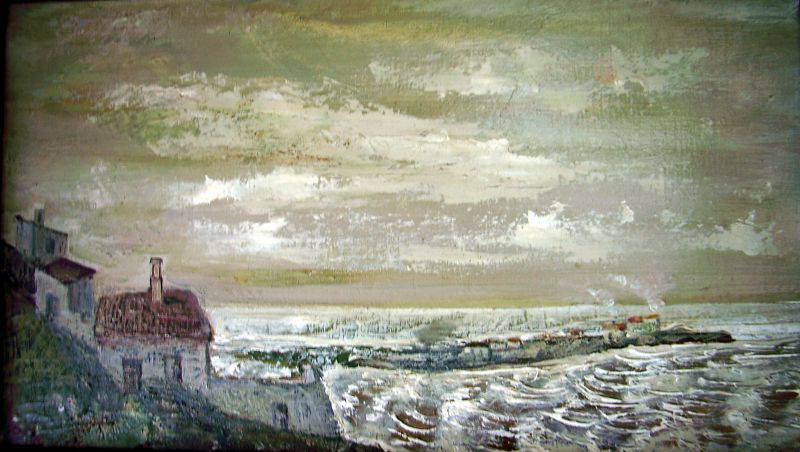
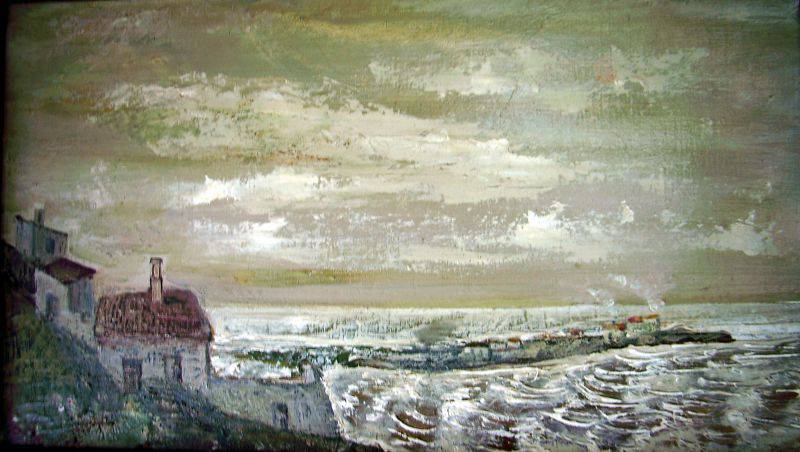
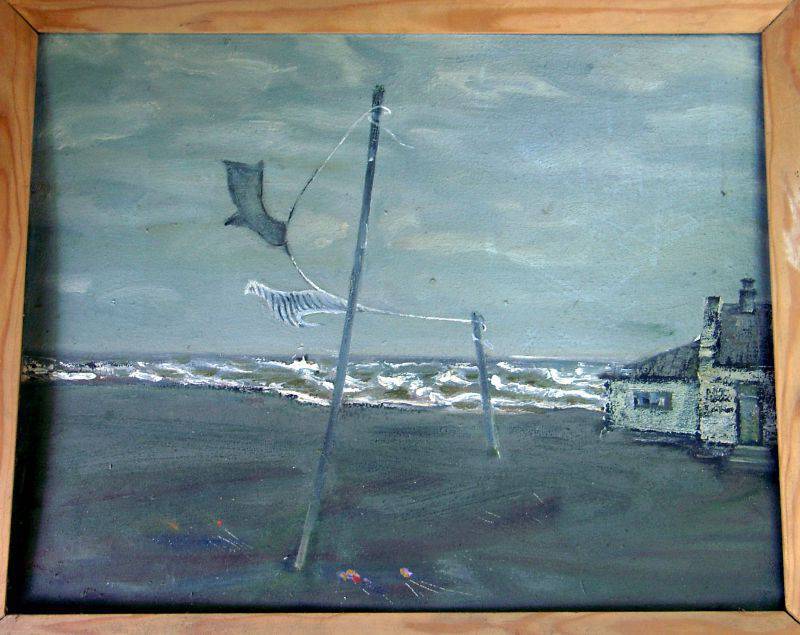
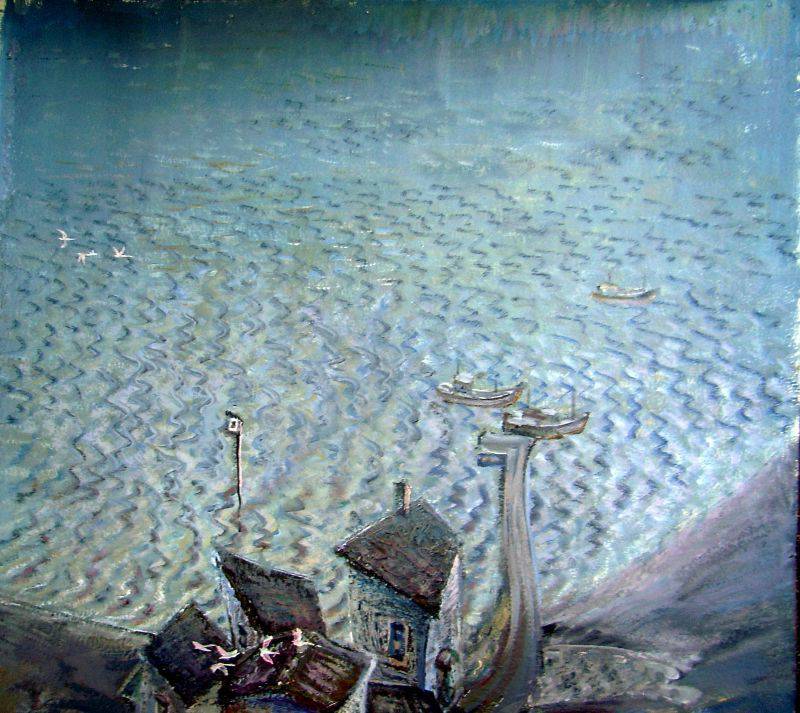
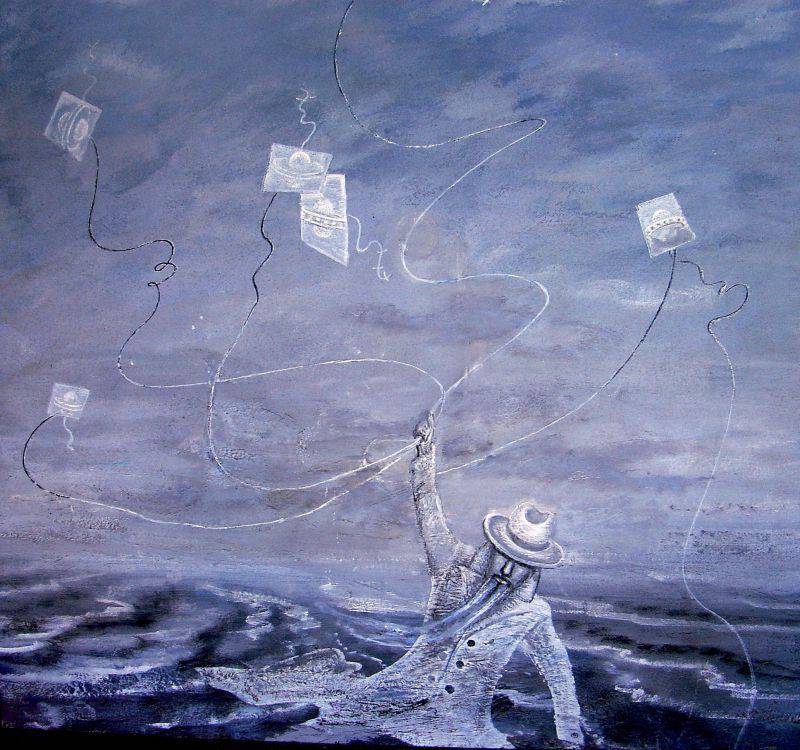
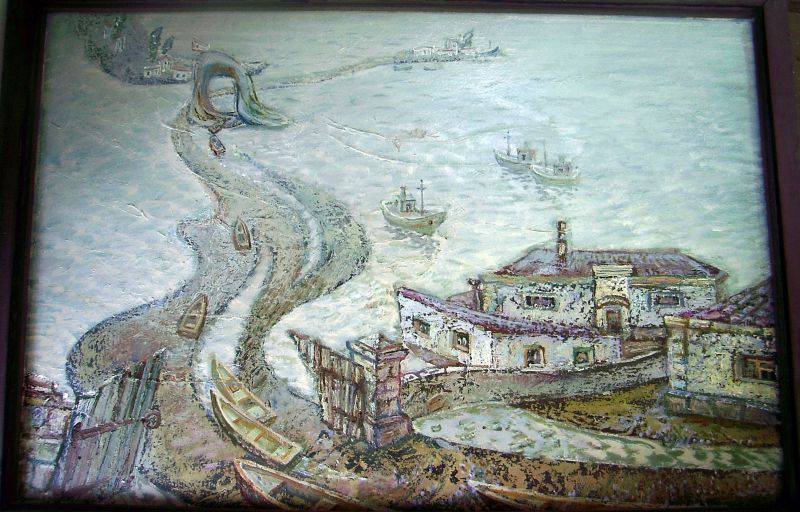
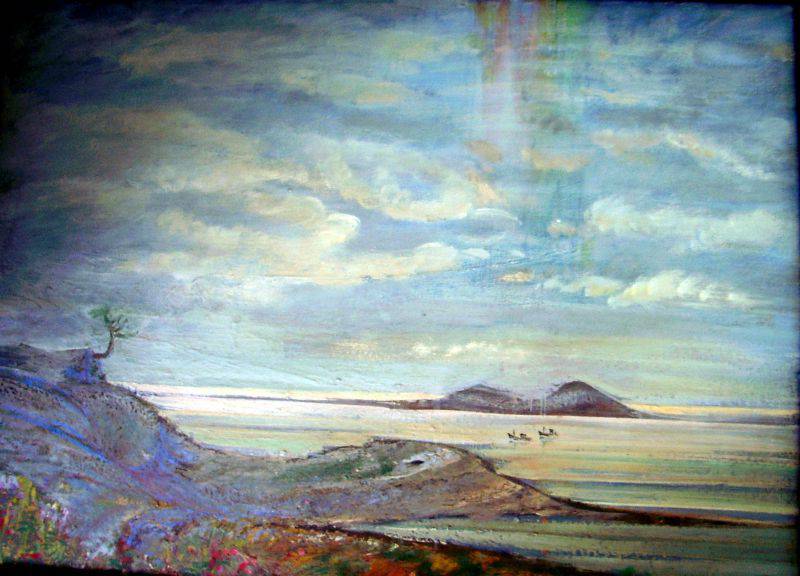
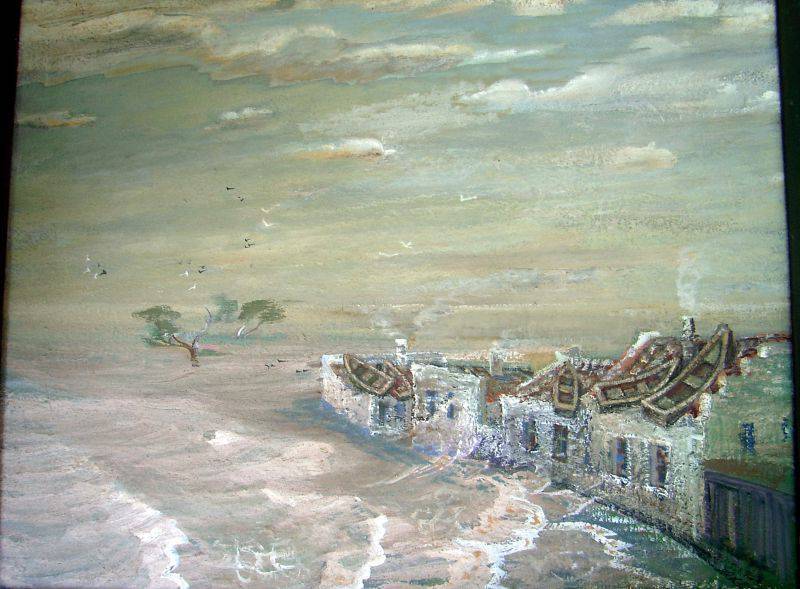
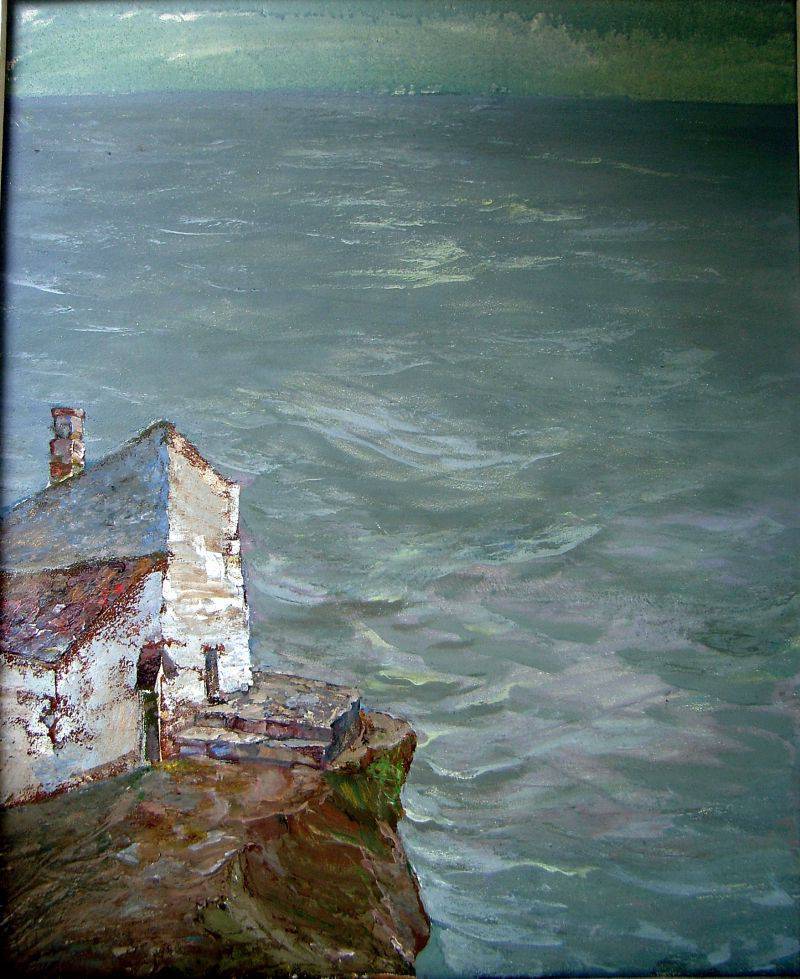
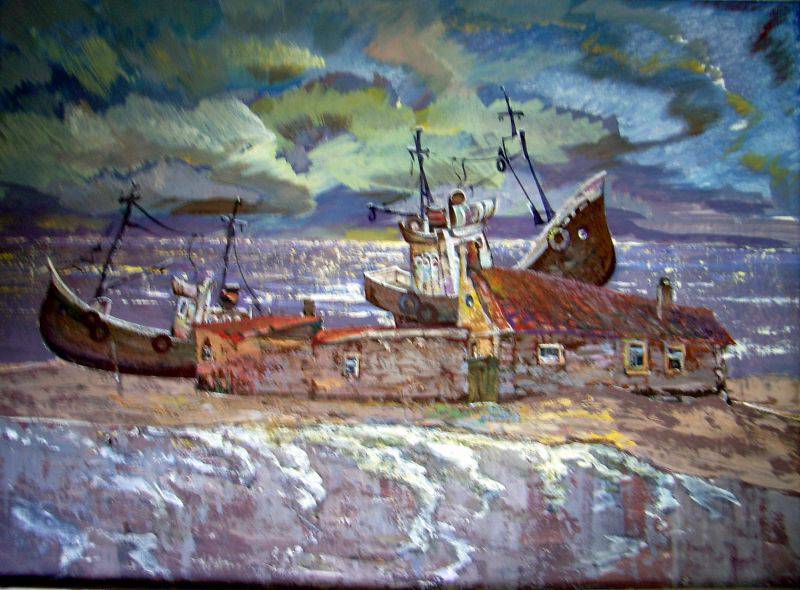
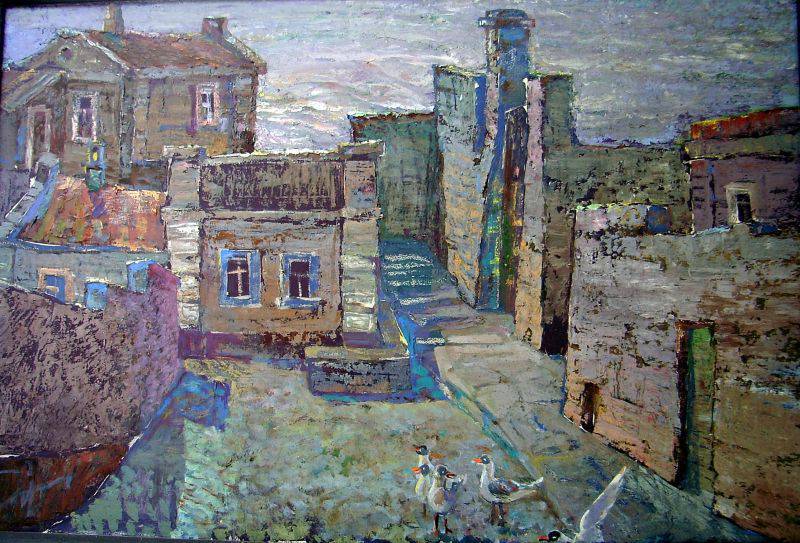
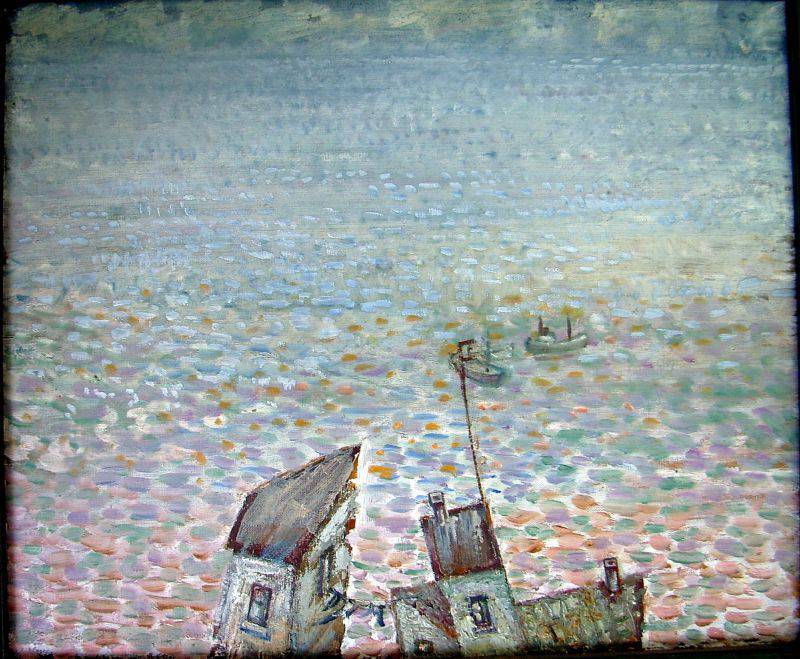
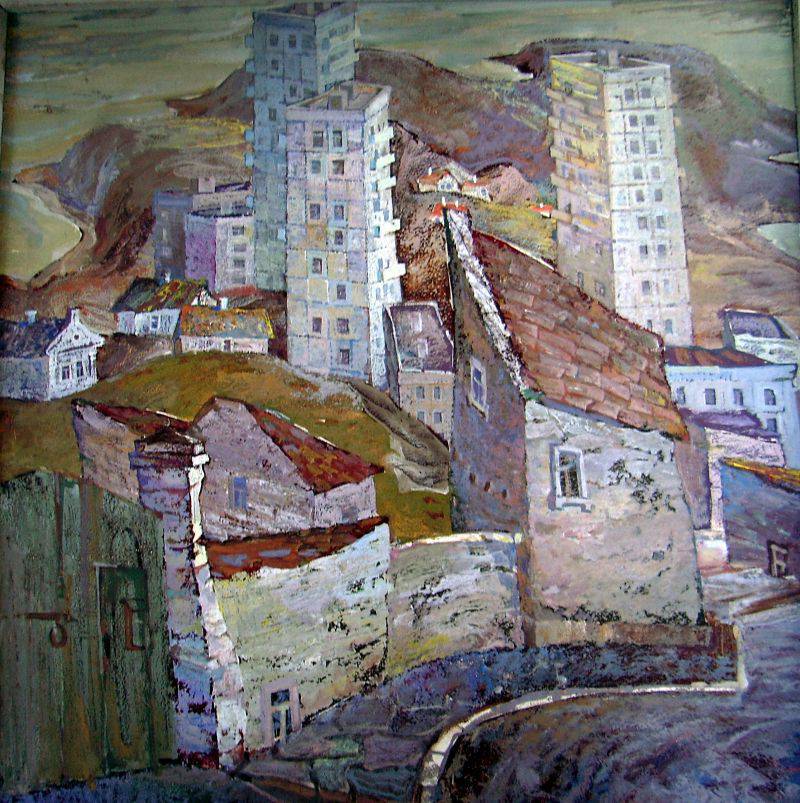
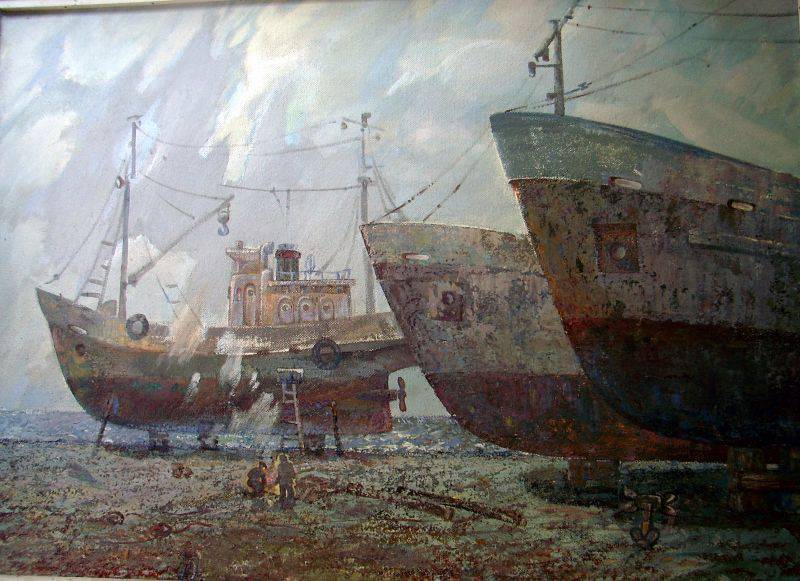
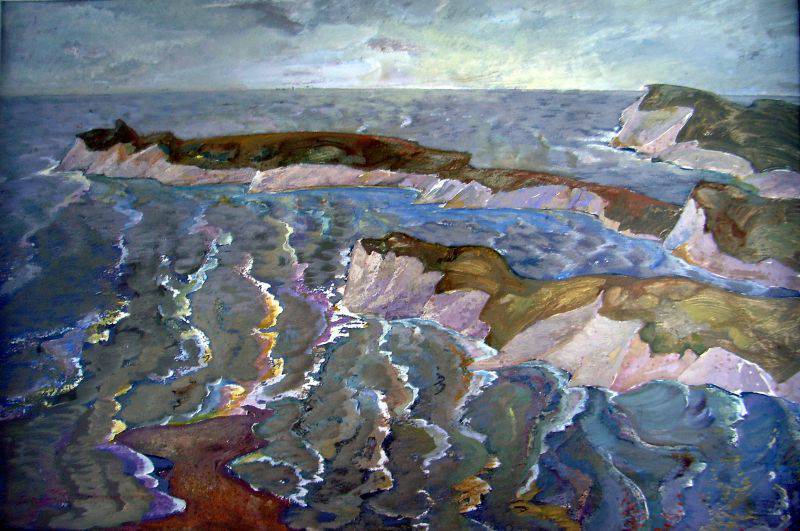
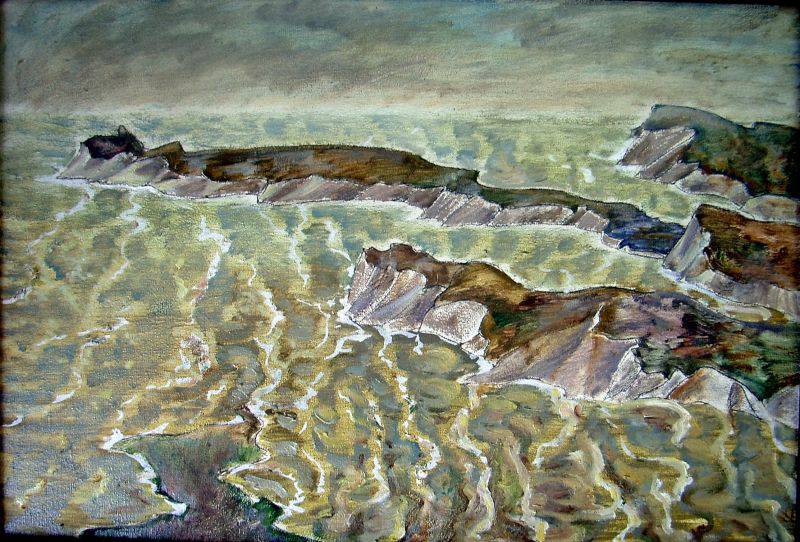
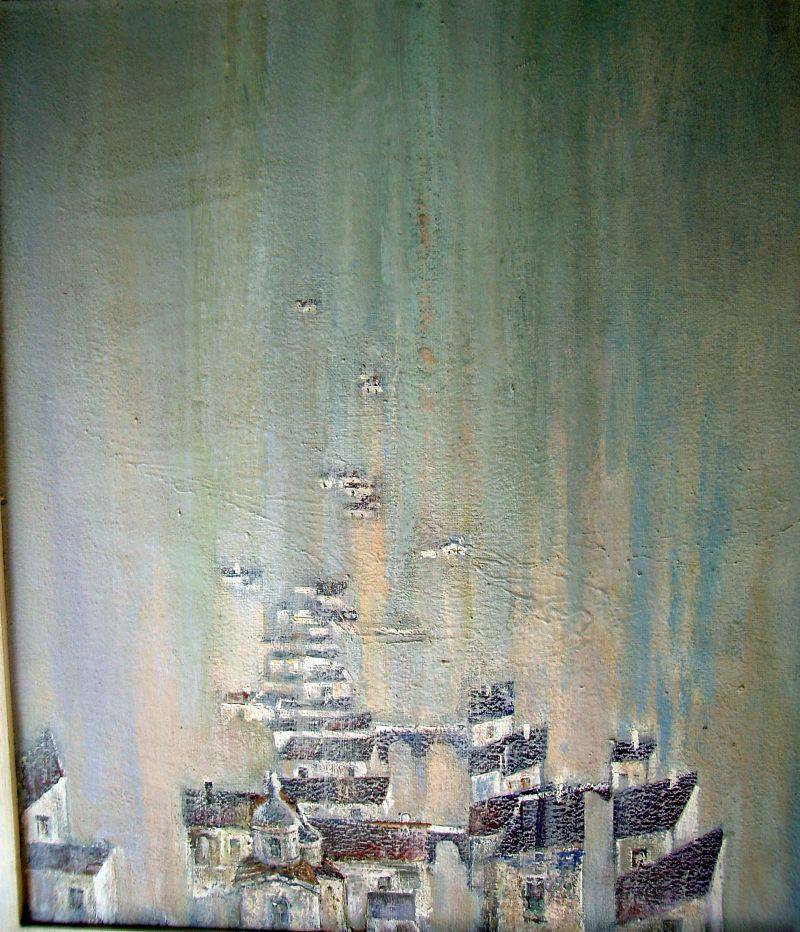
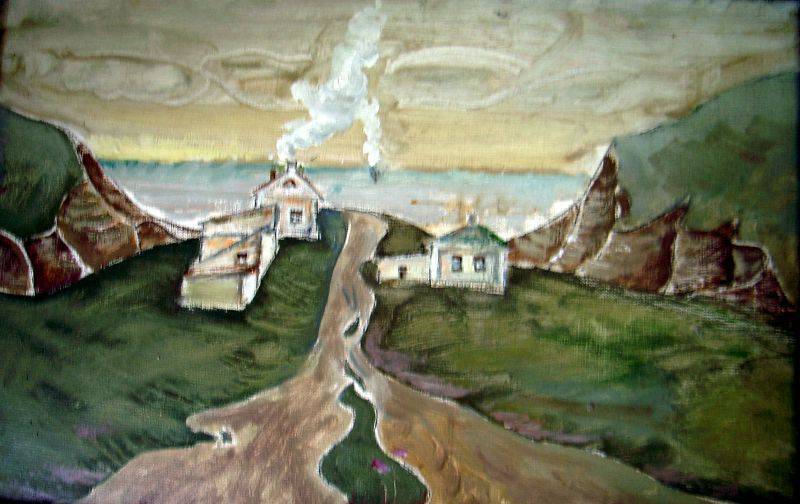
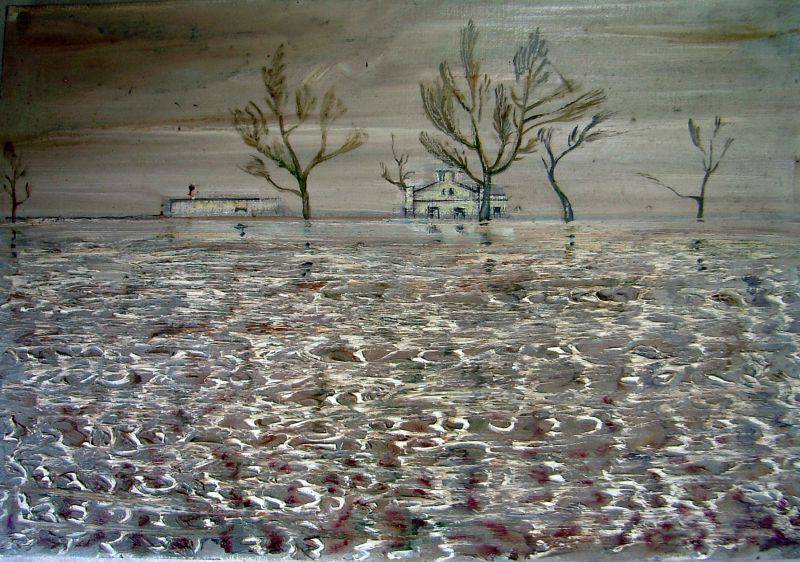
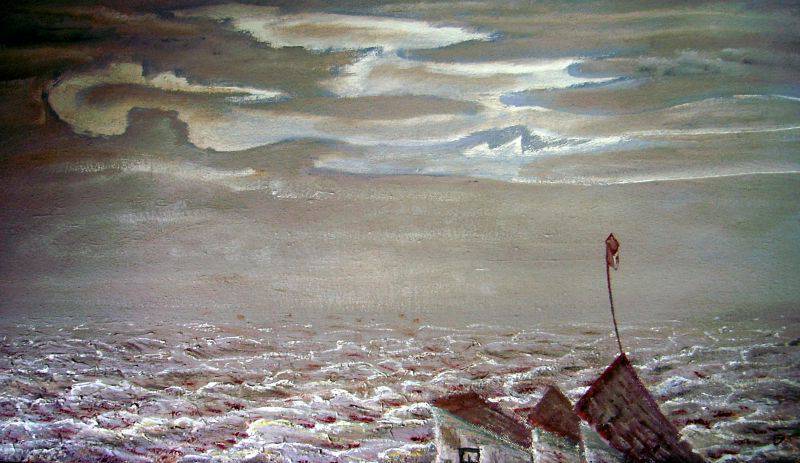
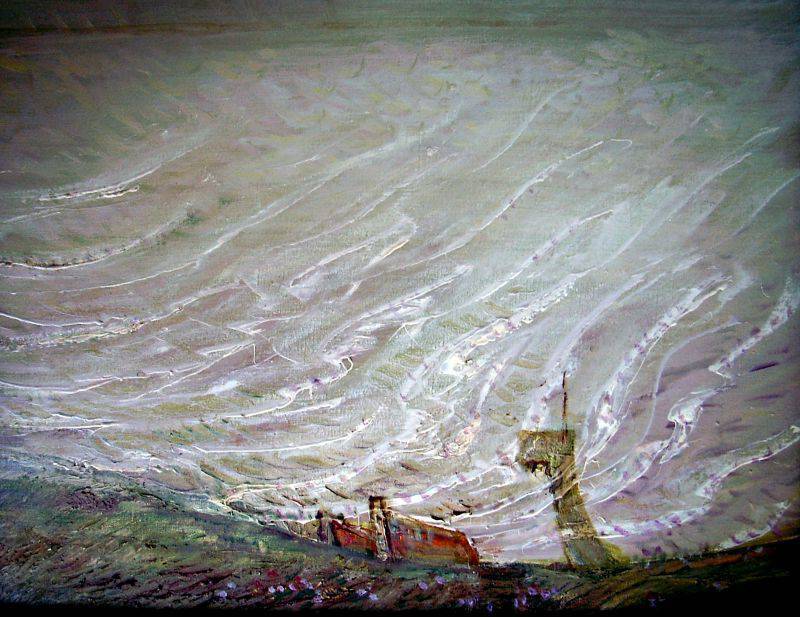
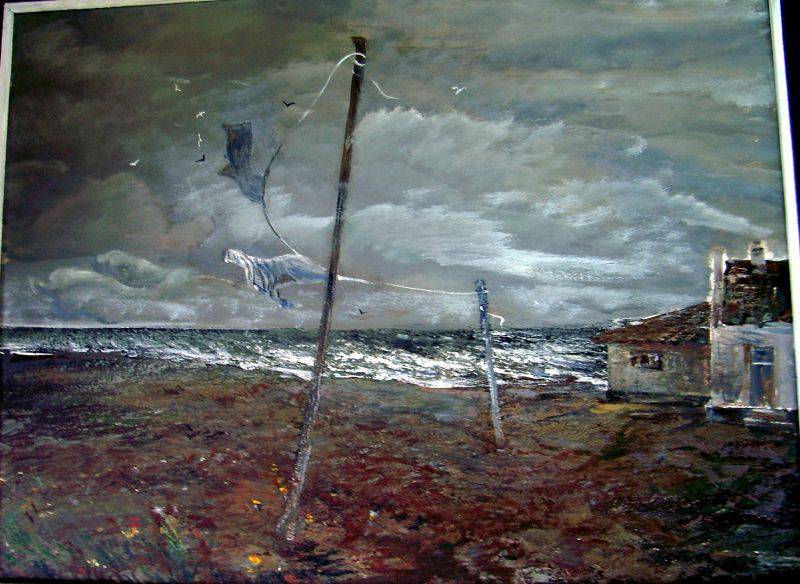
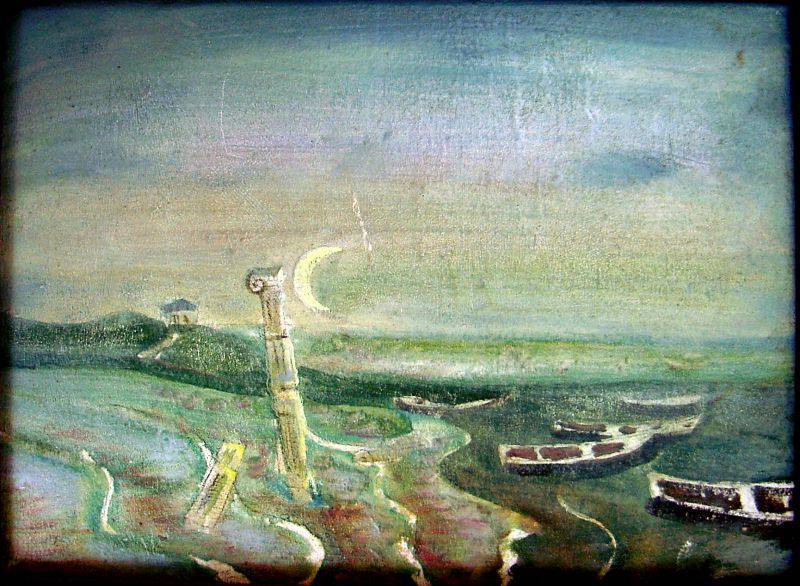
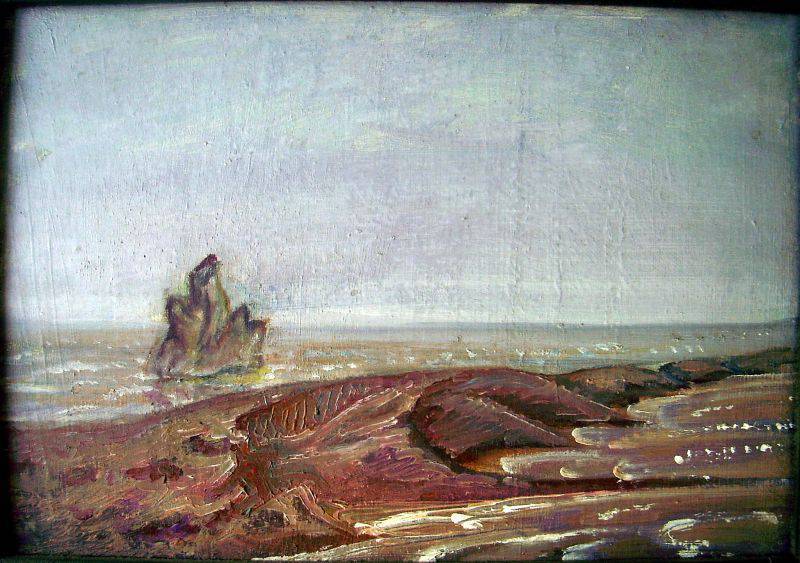
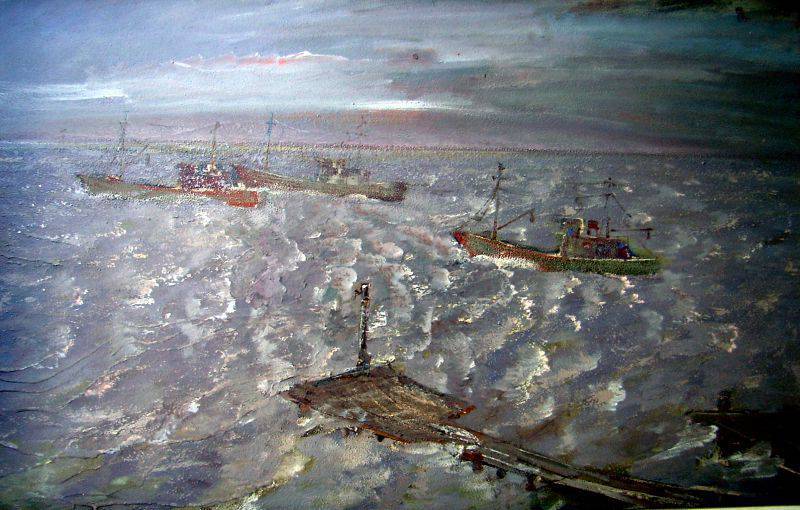
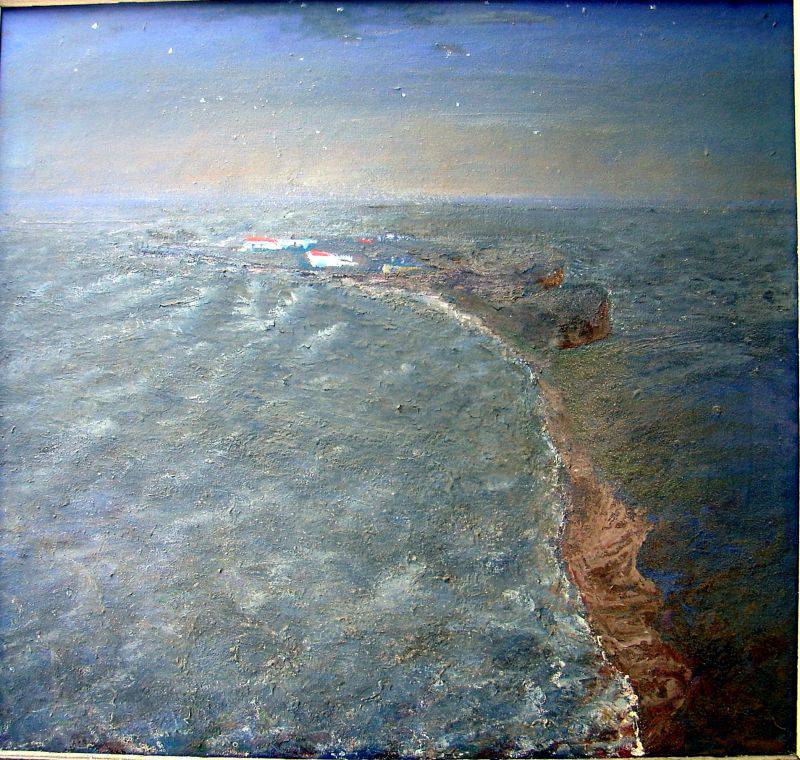
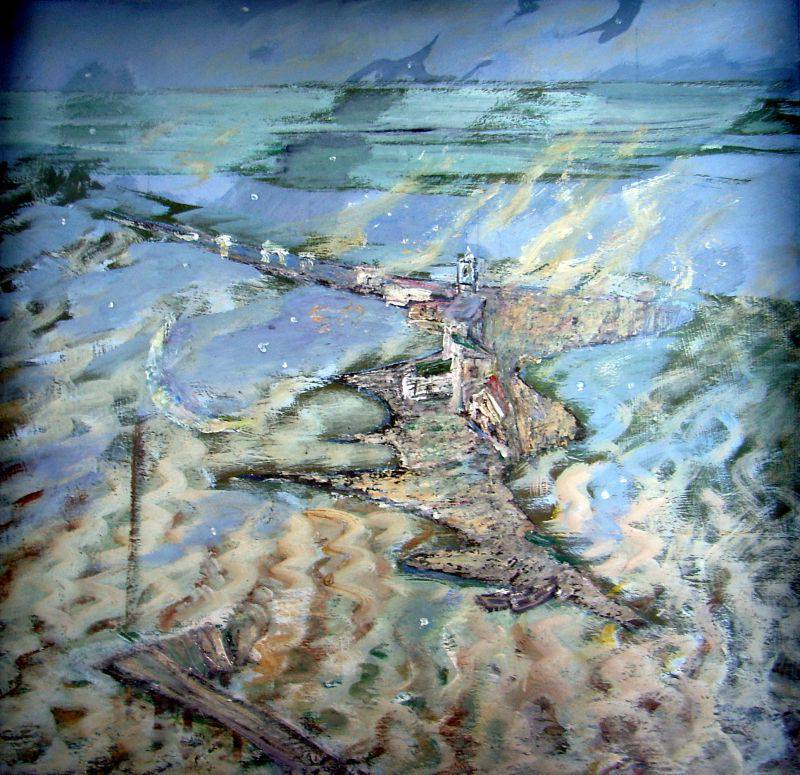
PS Such are the different “Ivanovichi”.
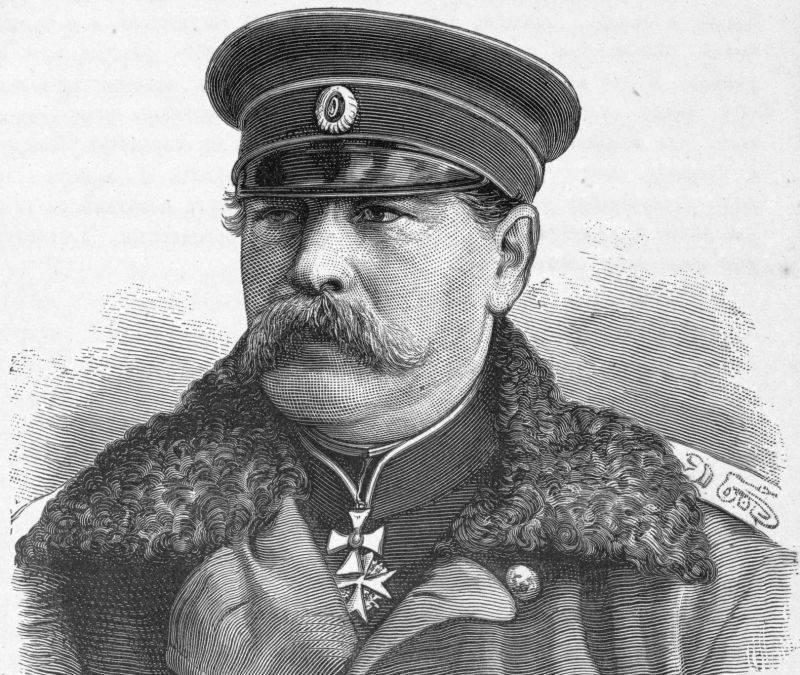
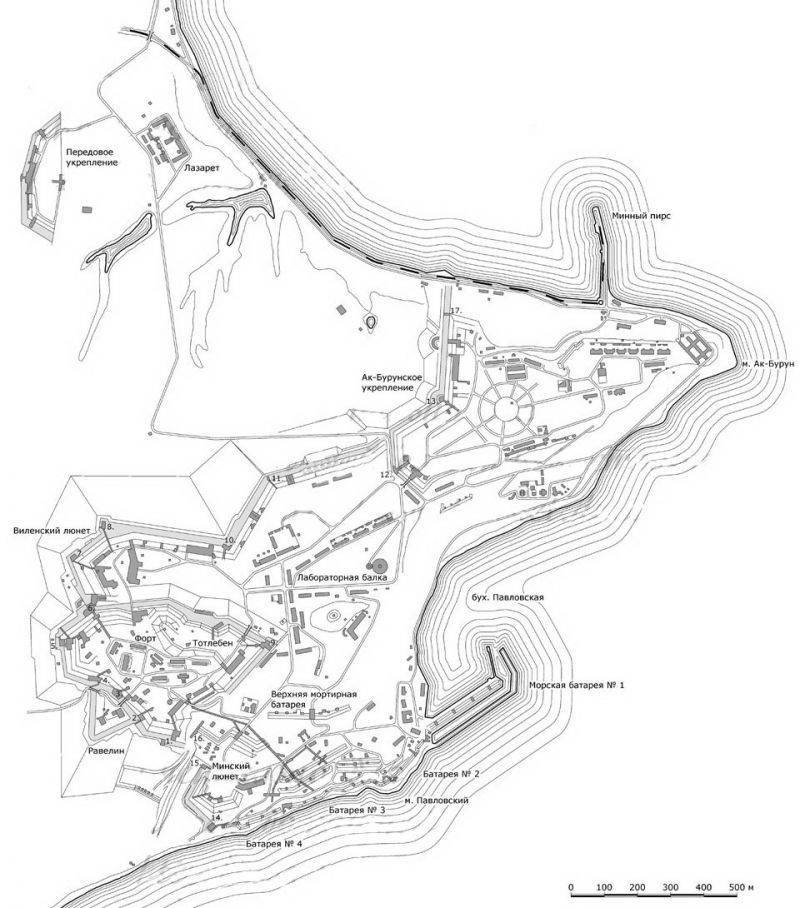
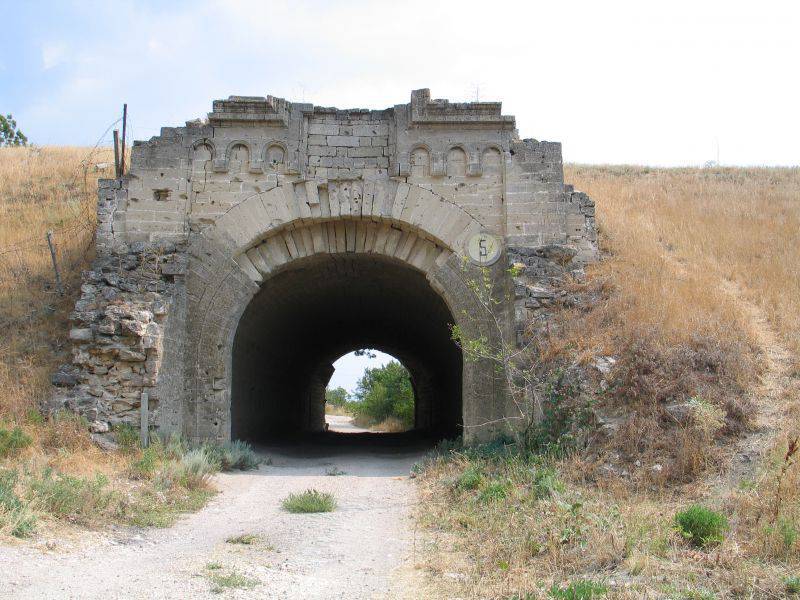
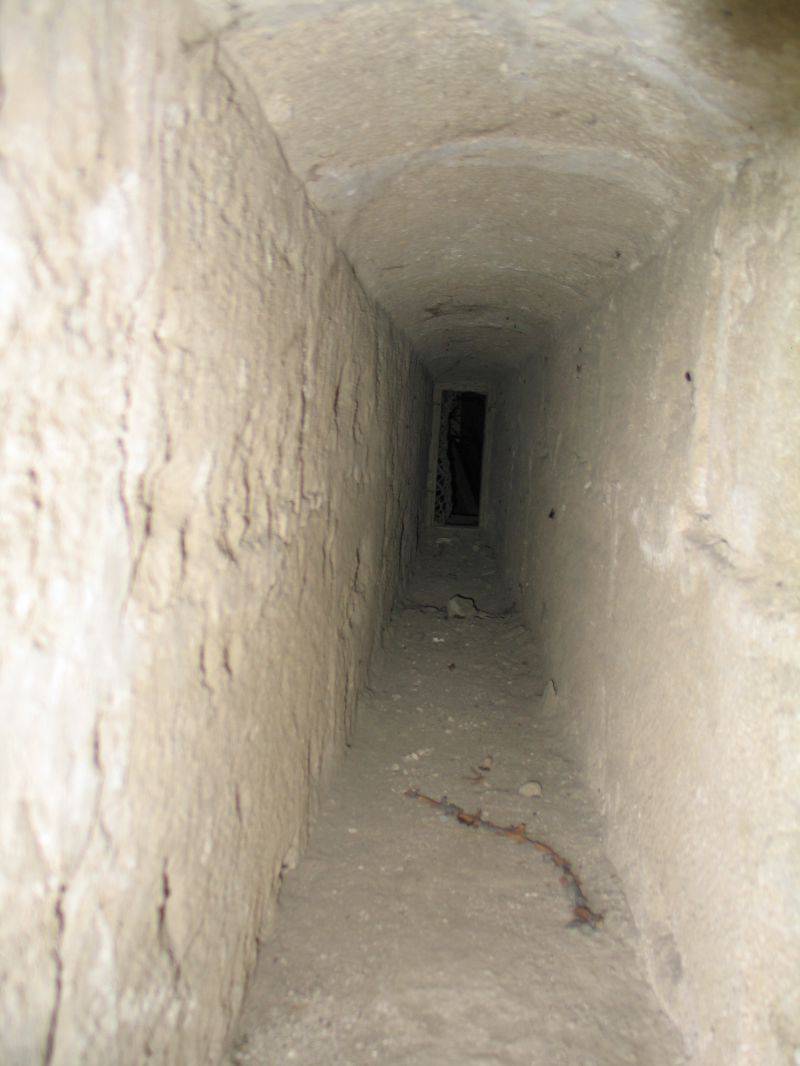
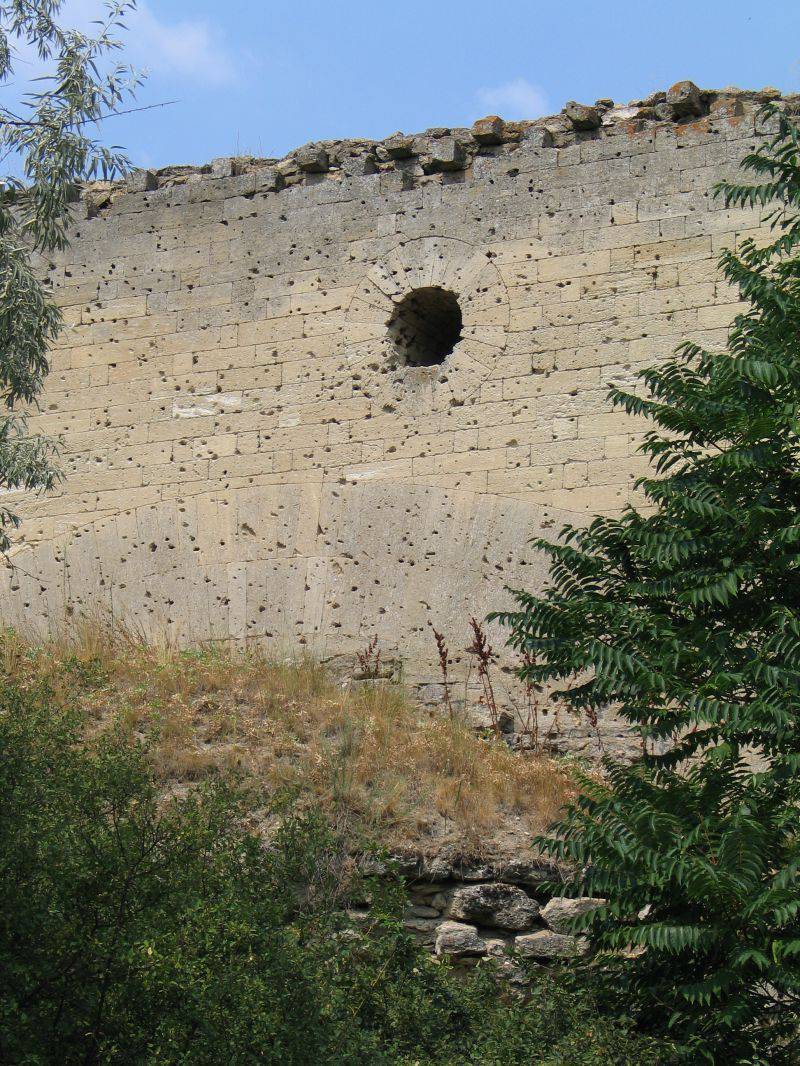
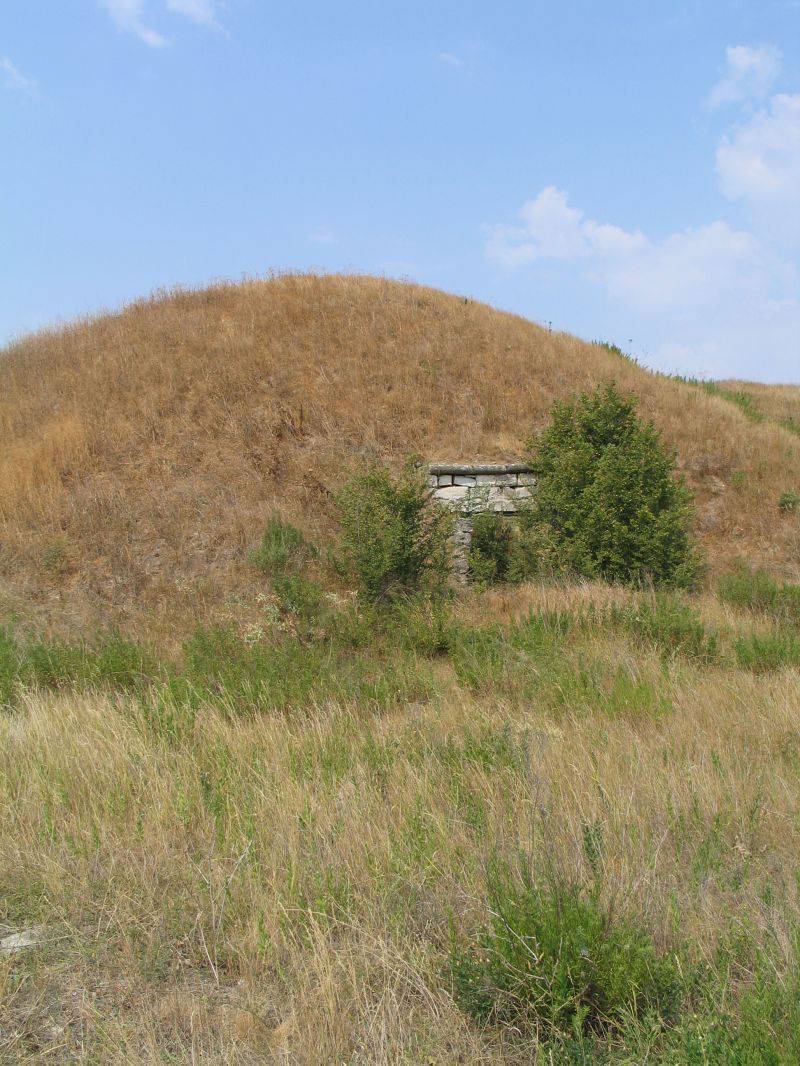
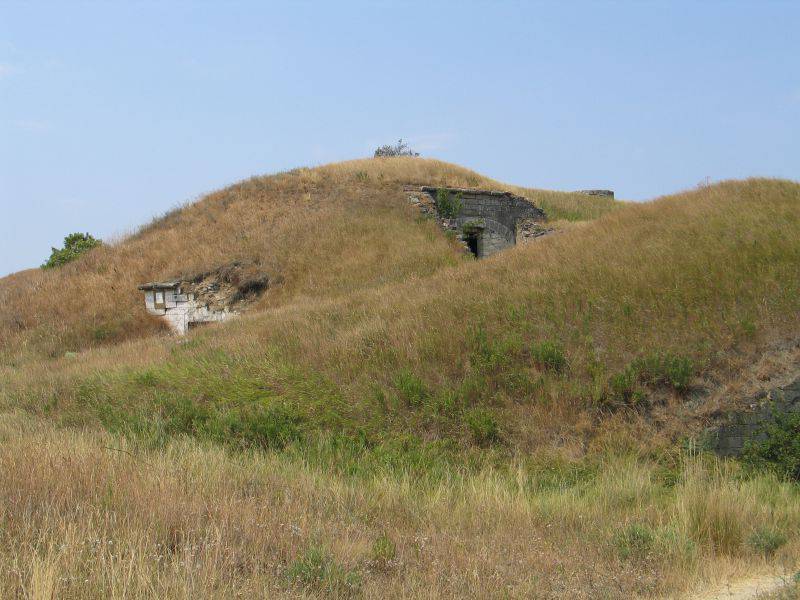
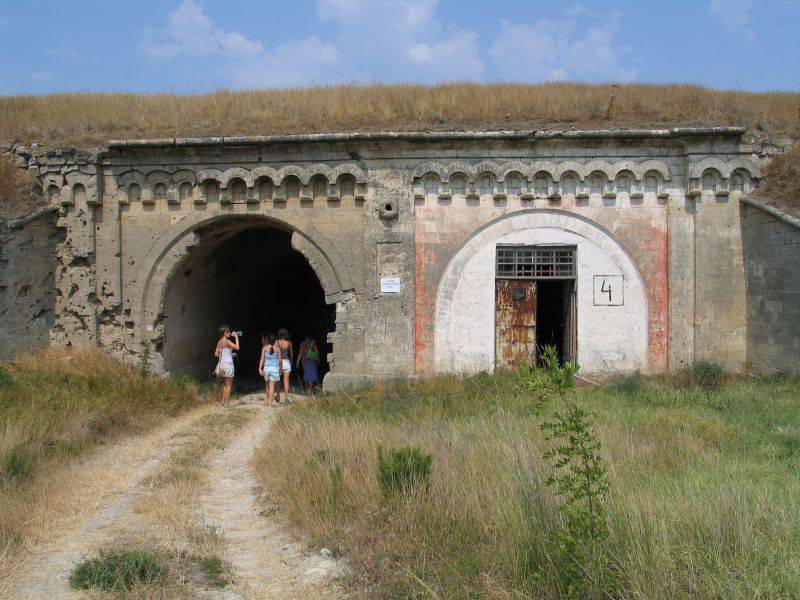
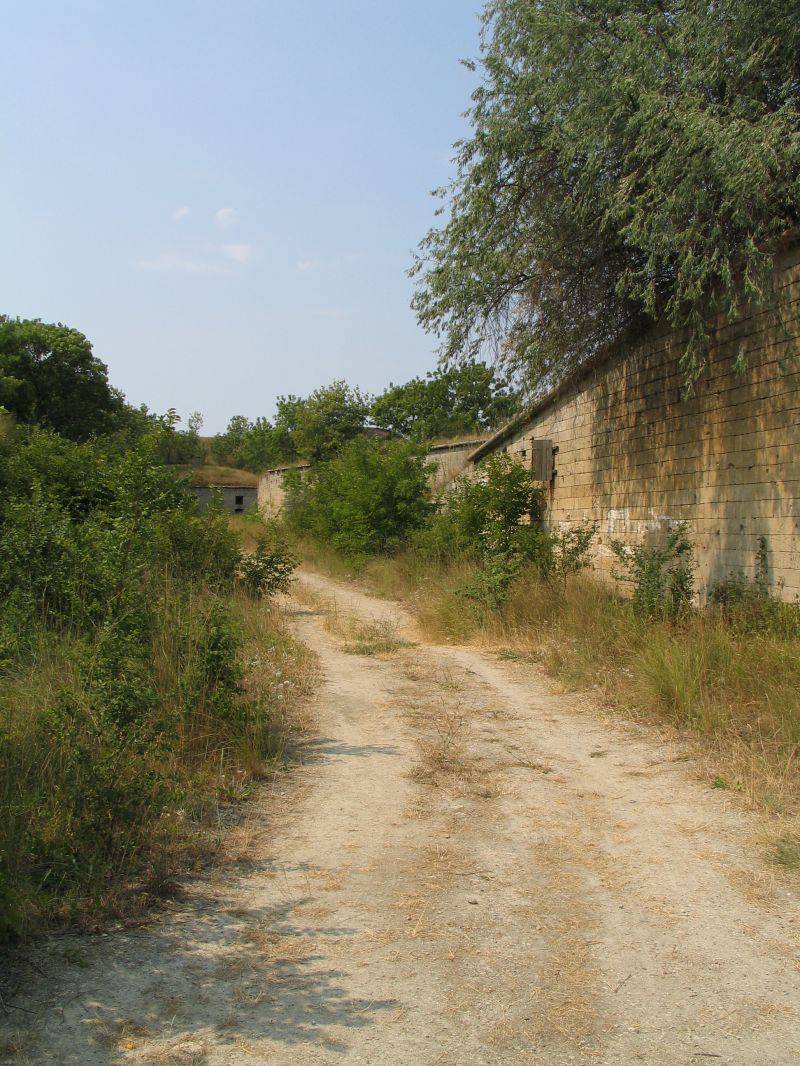
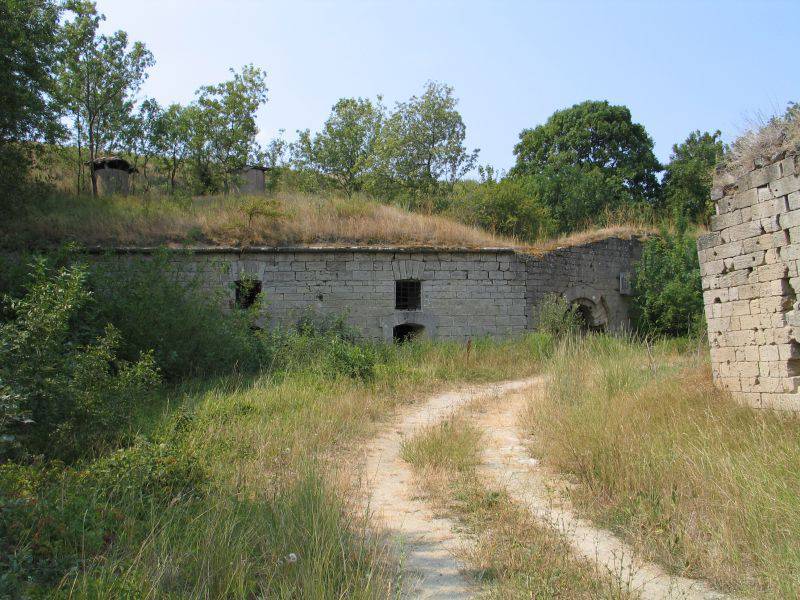
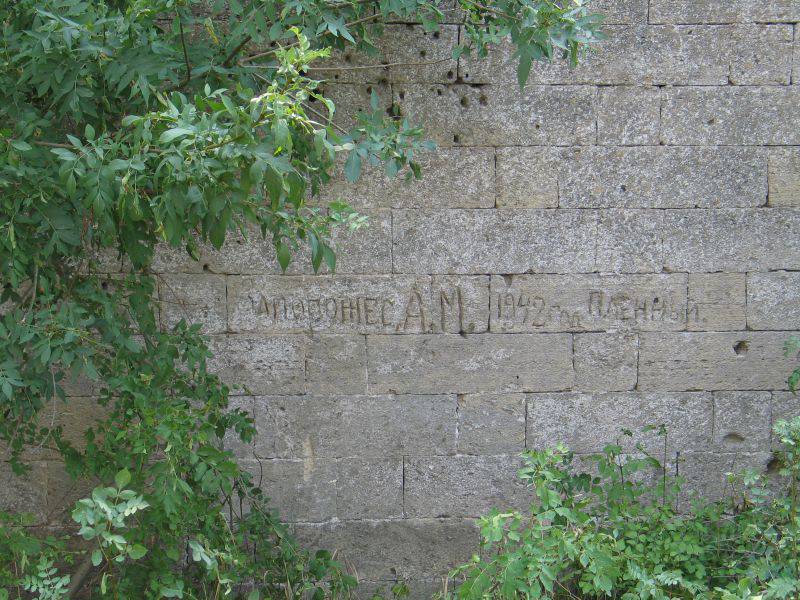
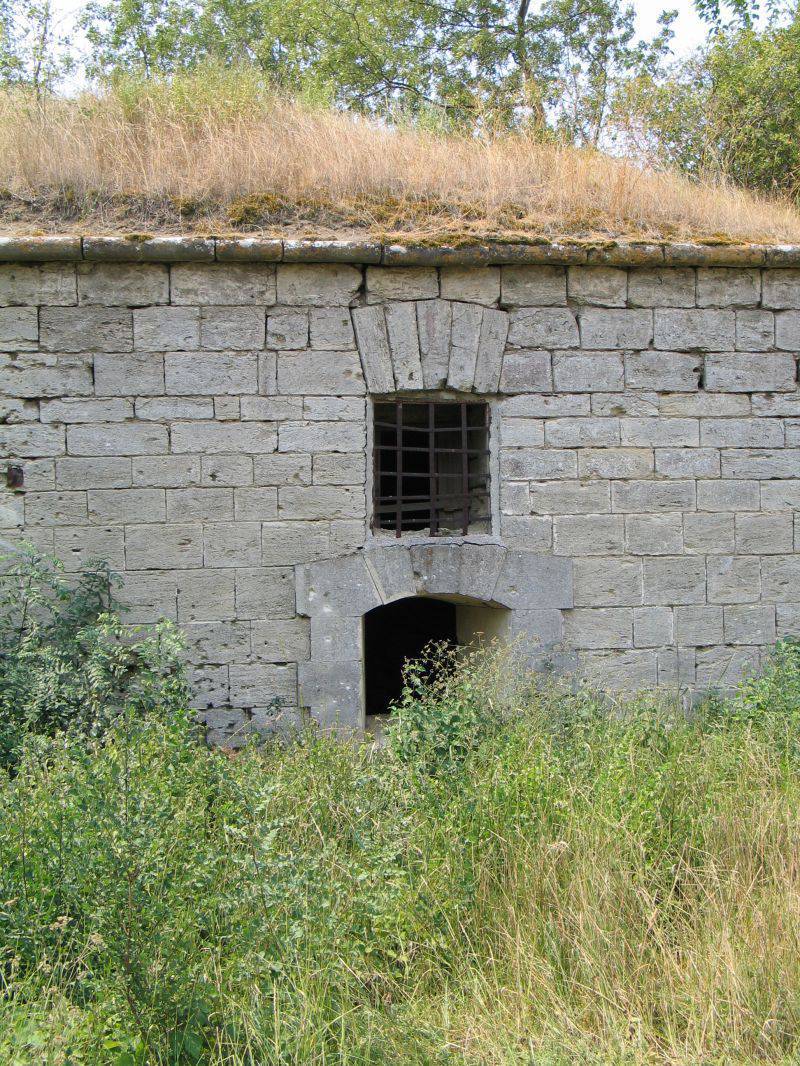
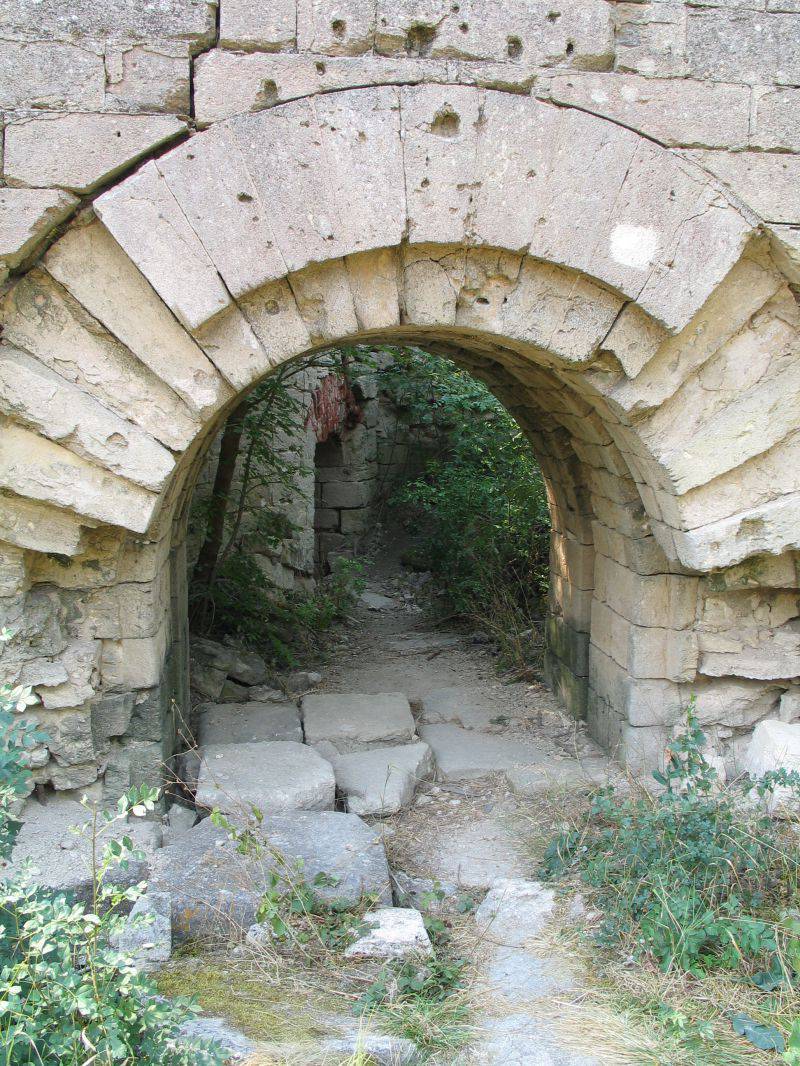
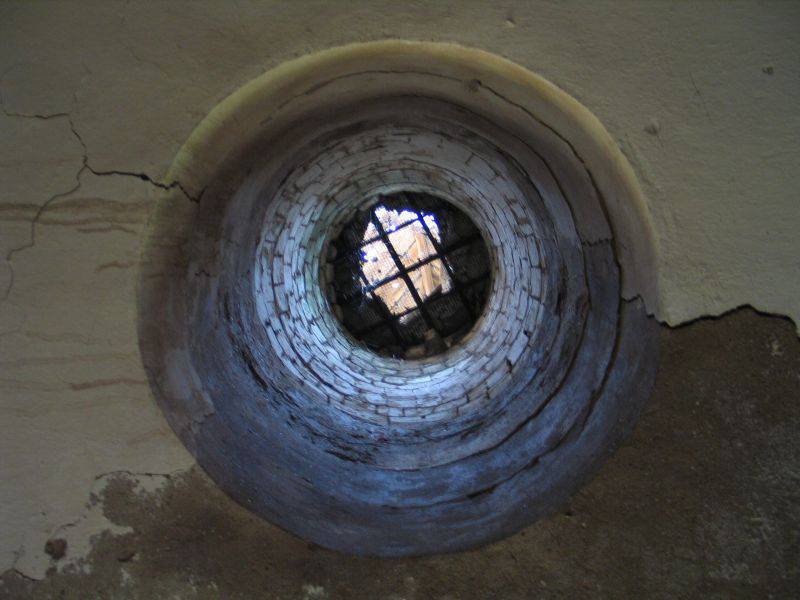
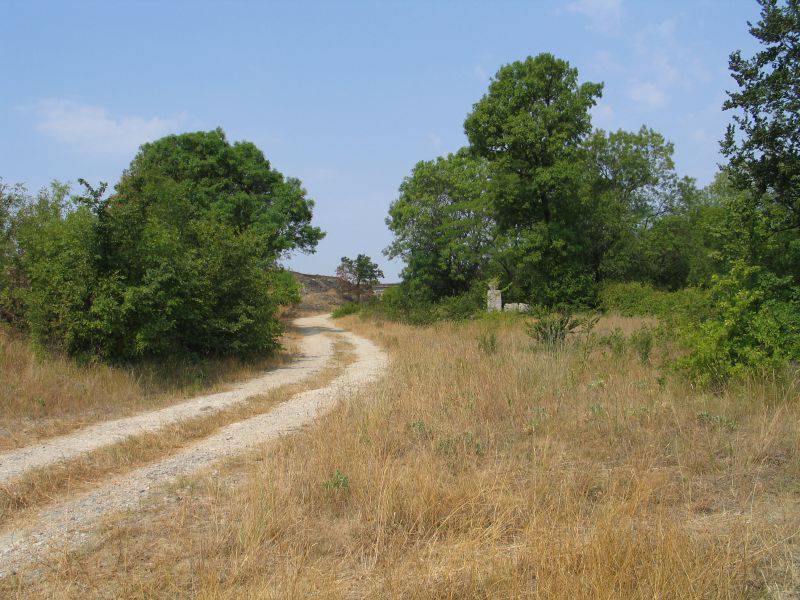
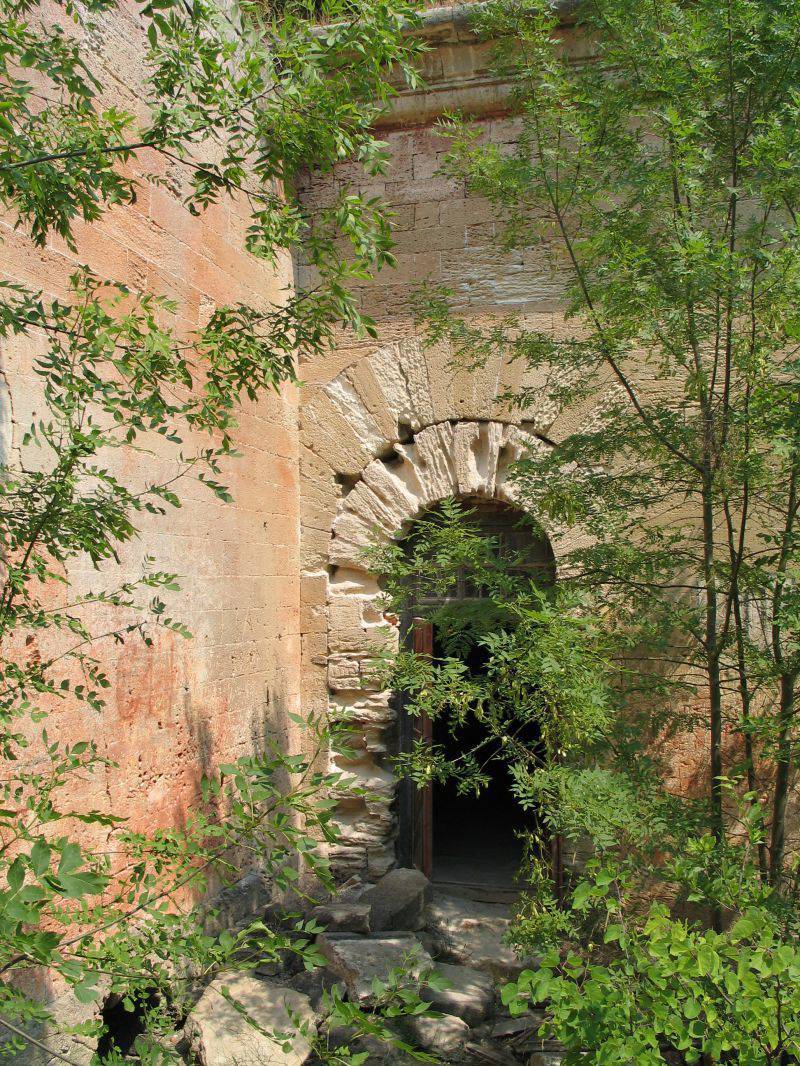
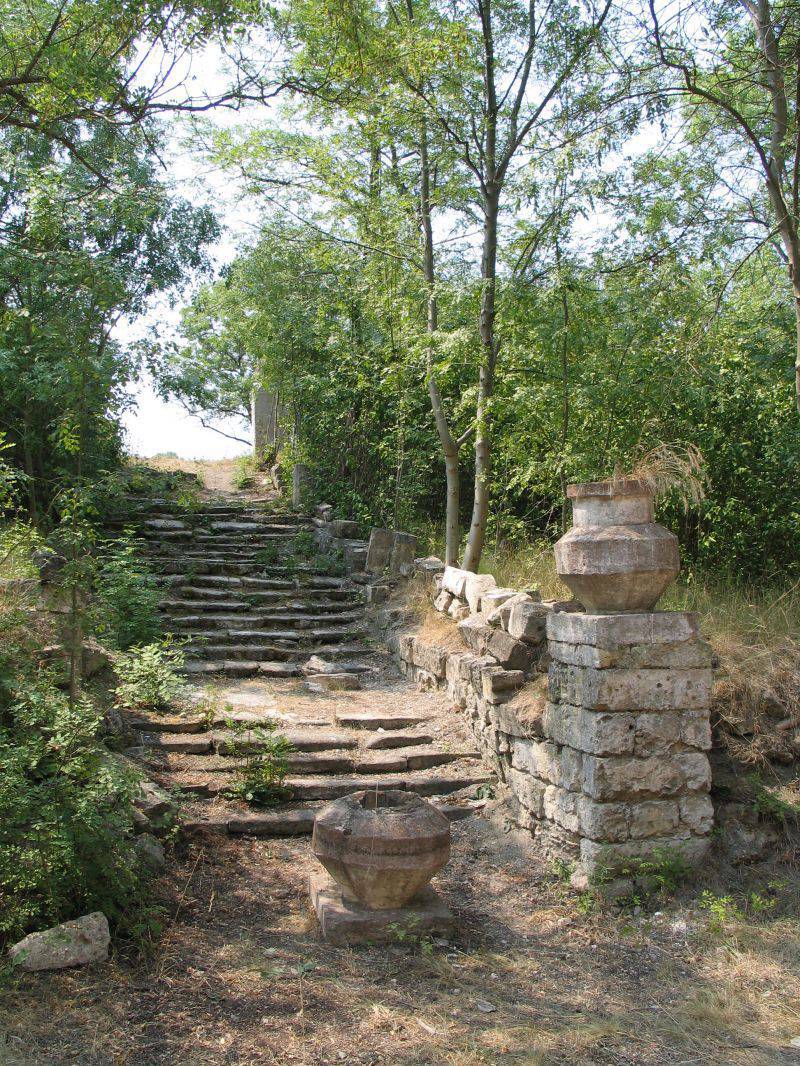
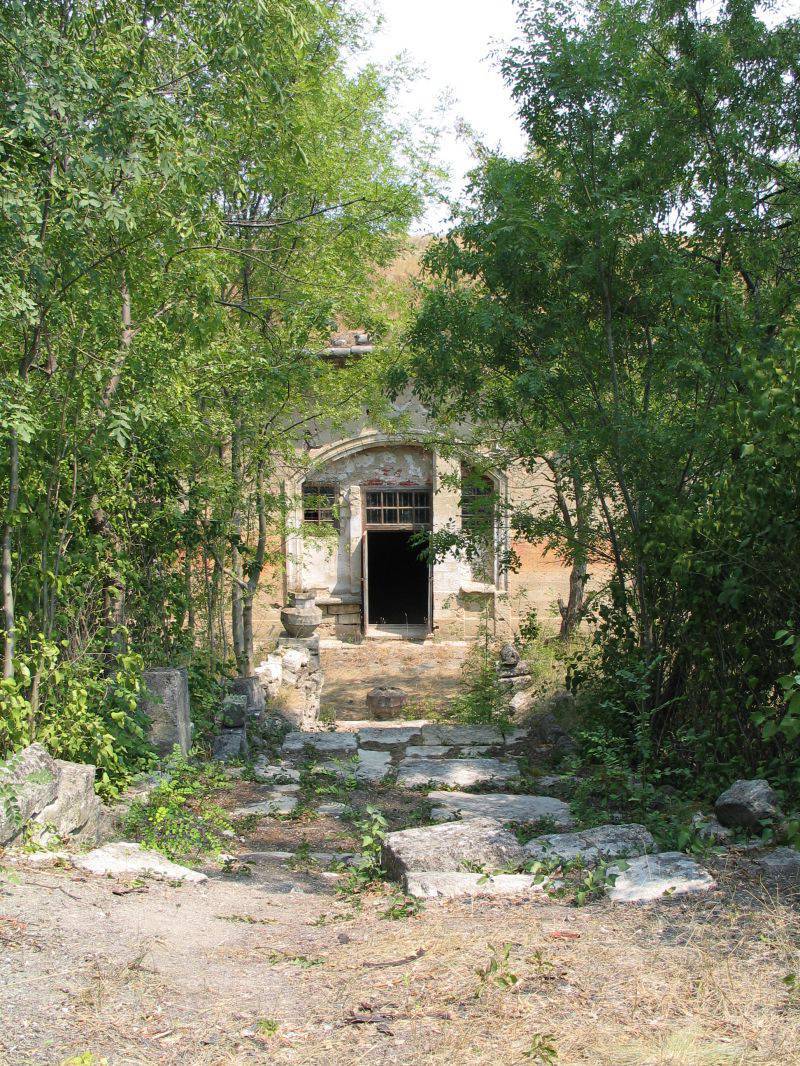
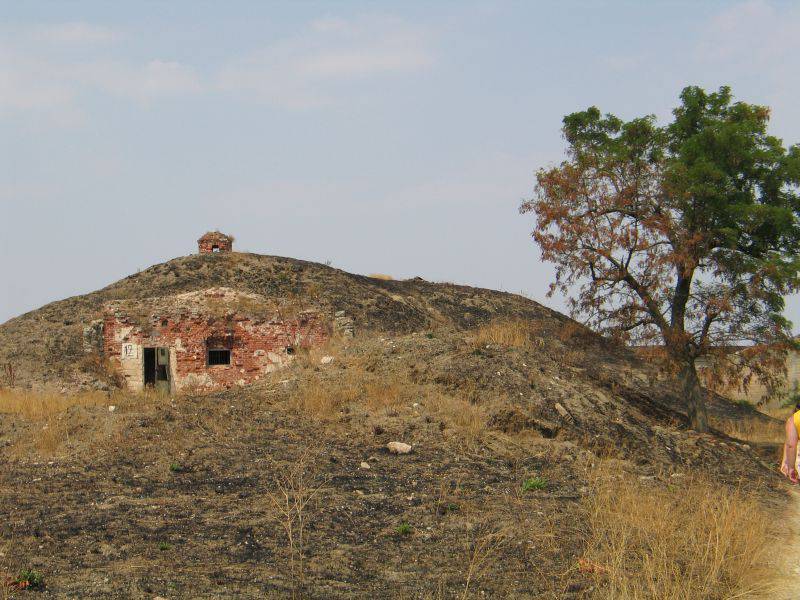
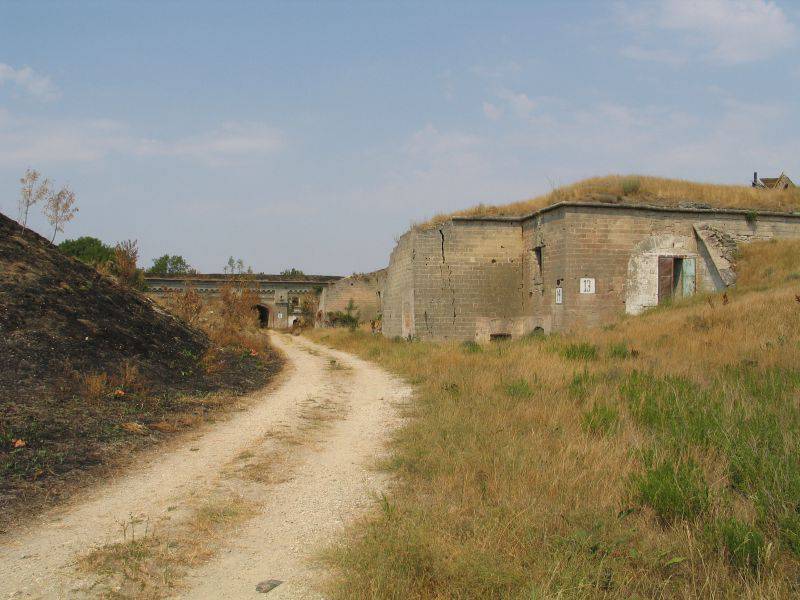
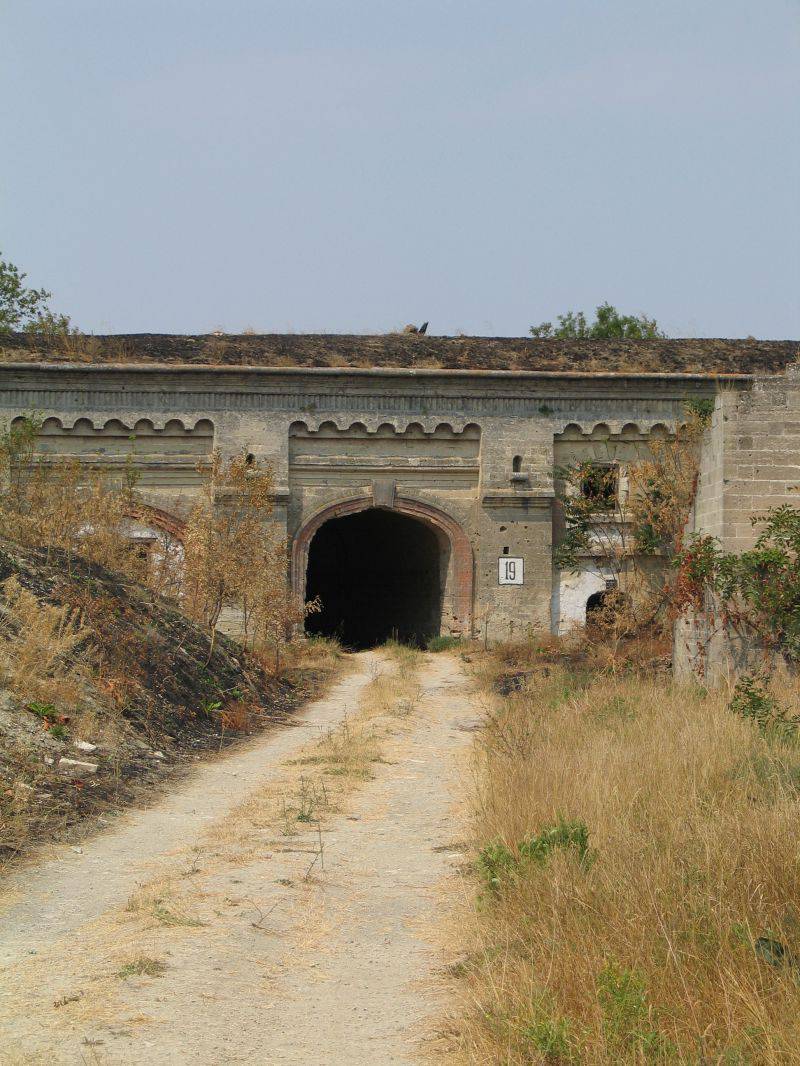
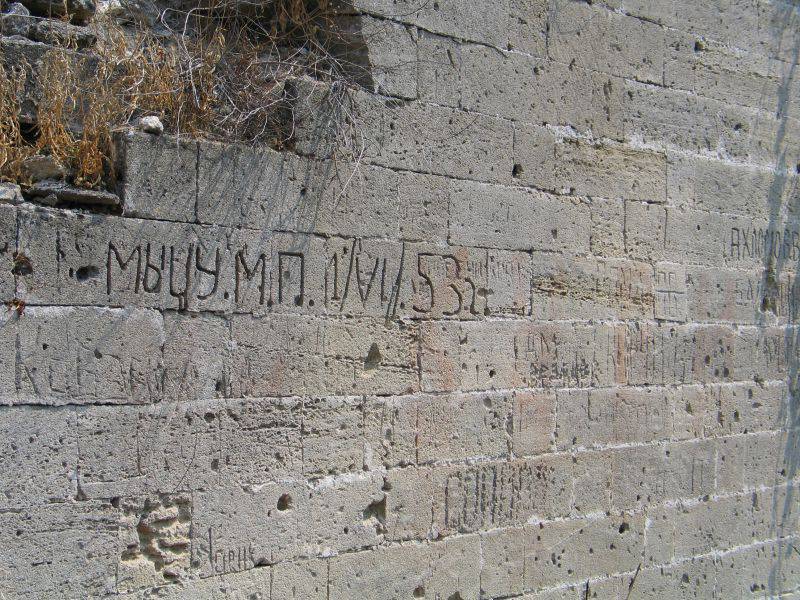
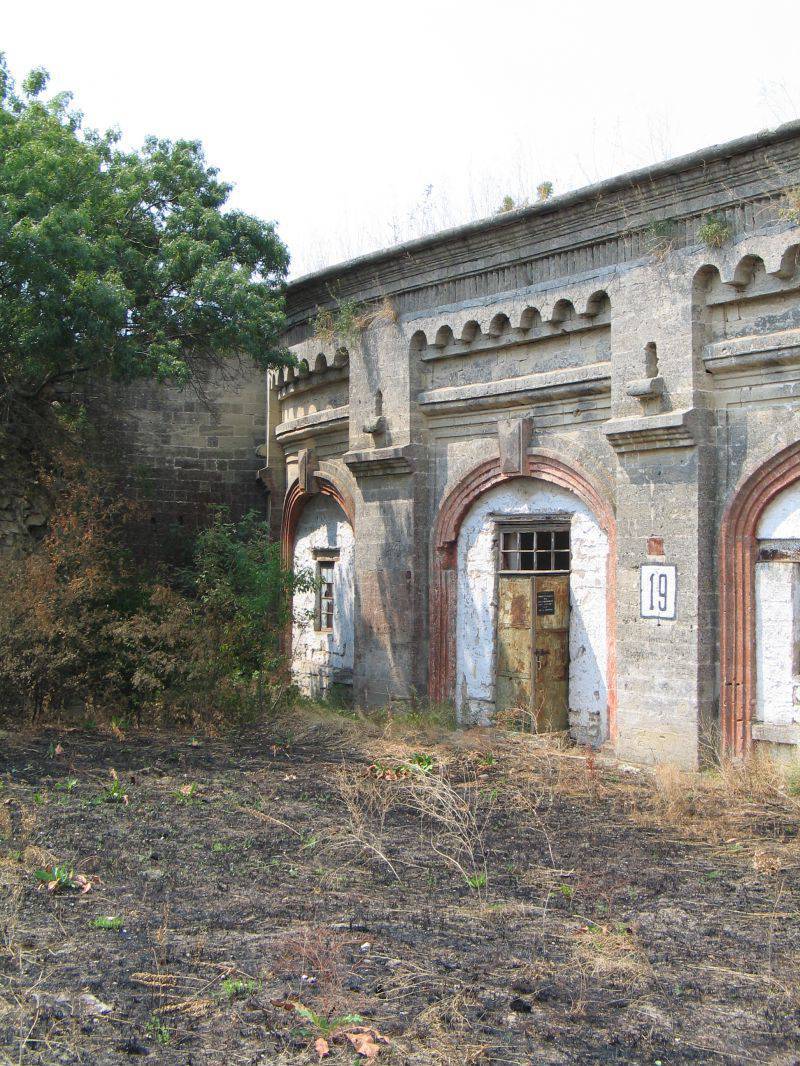
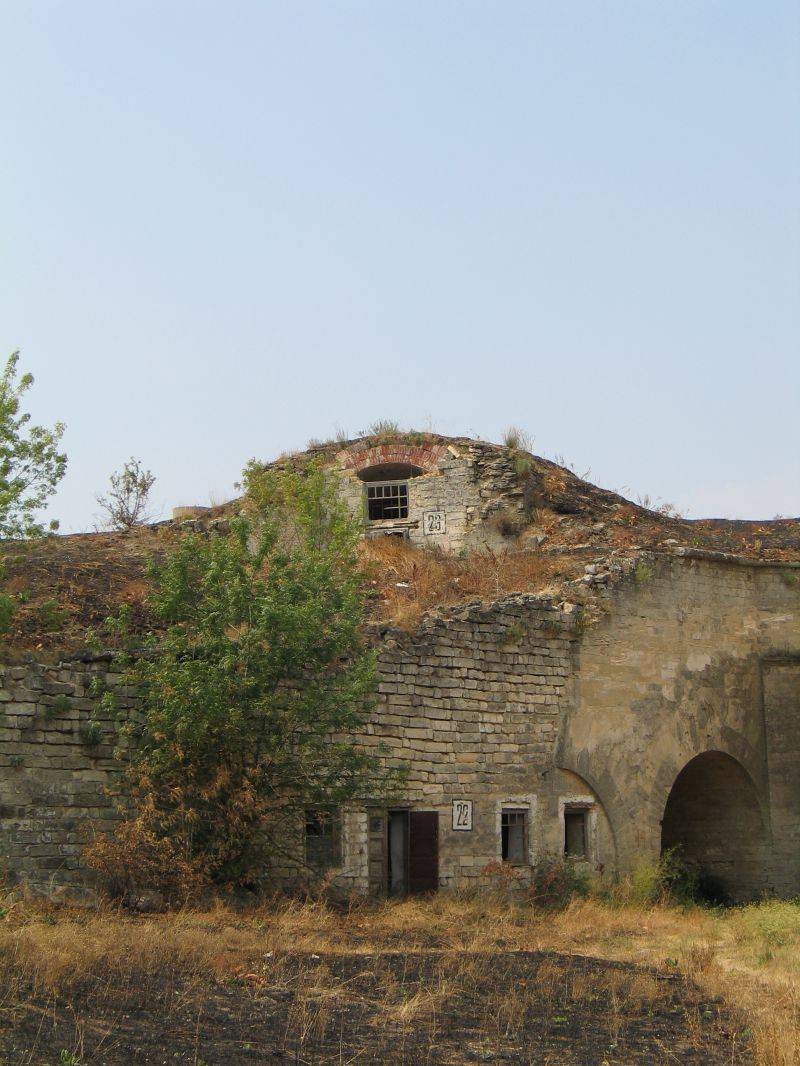
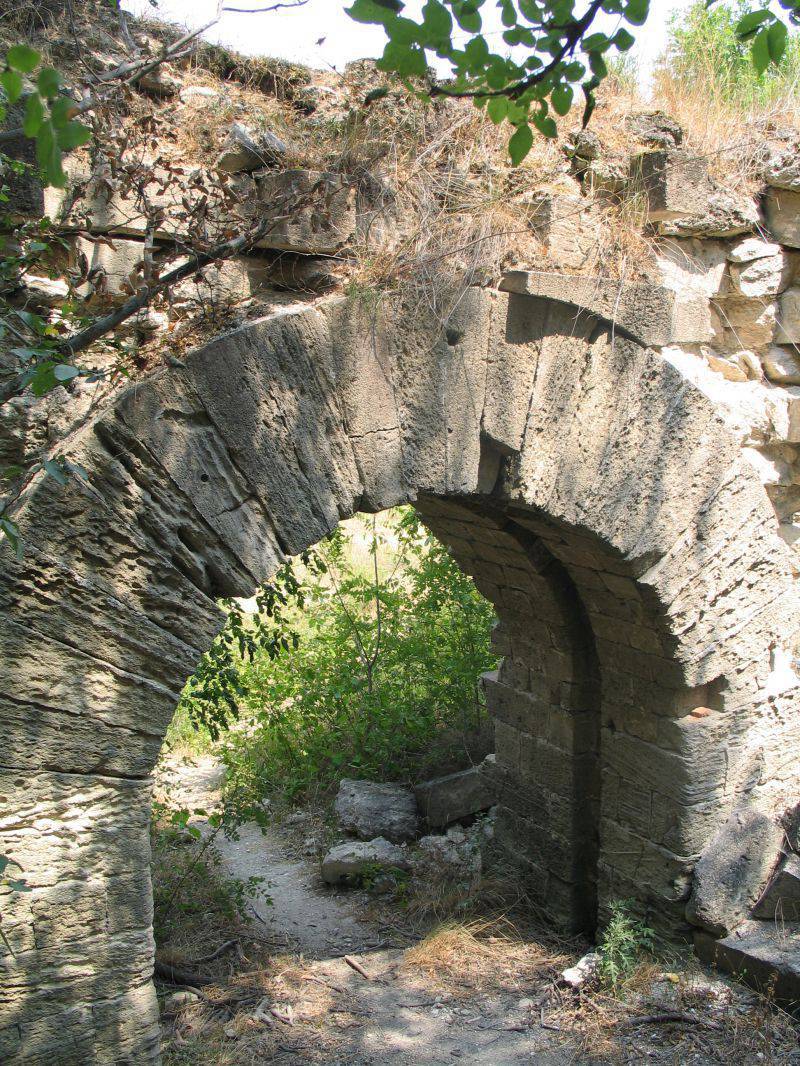
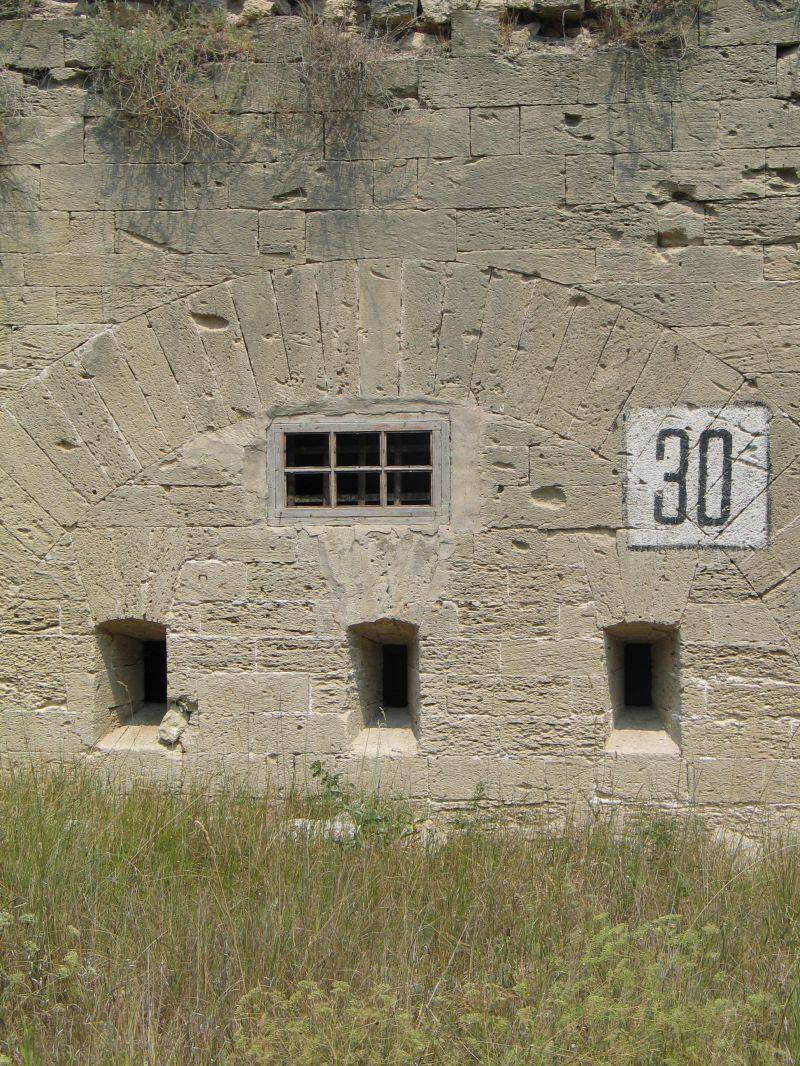
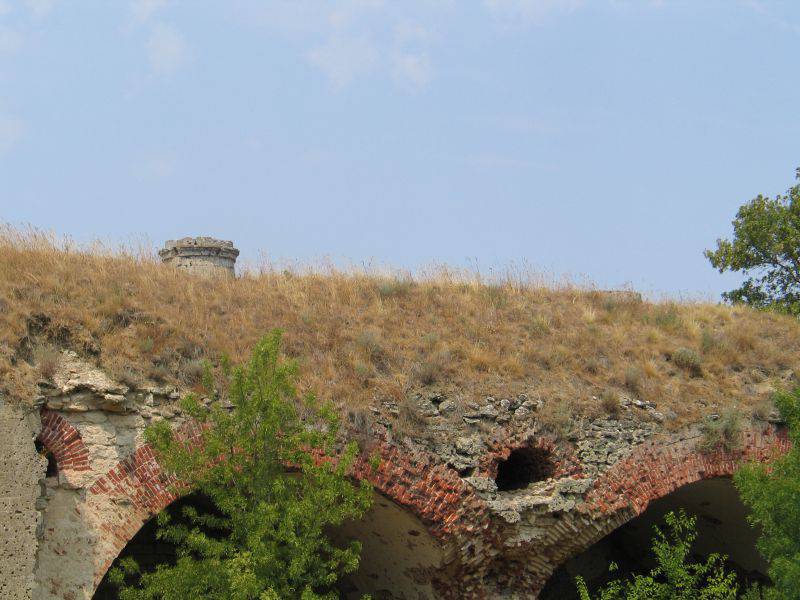
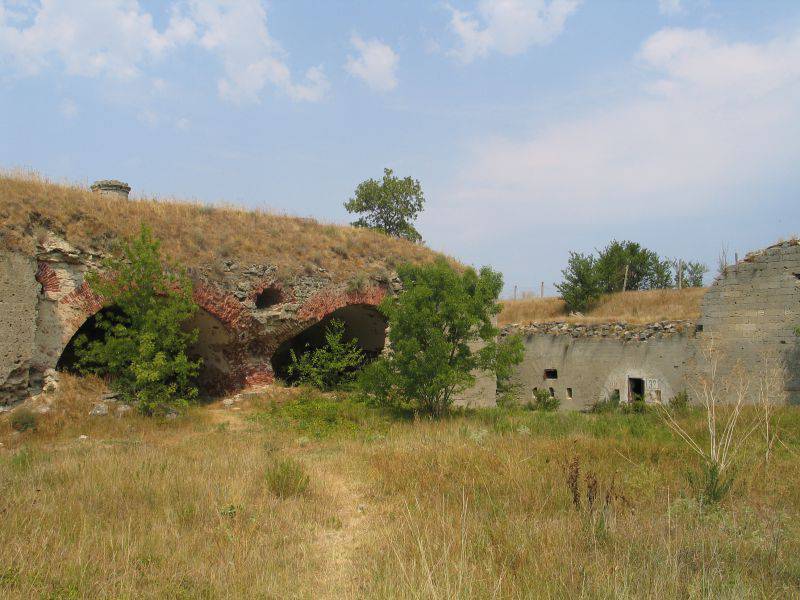
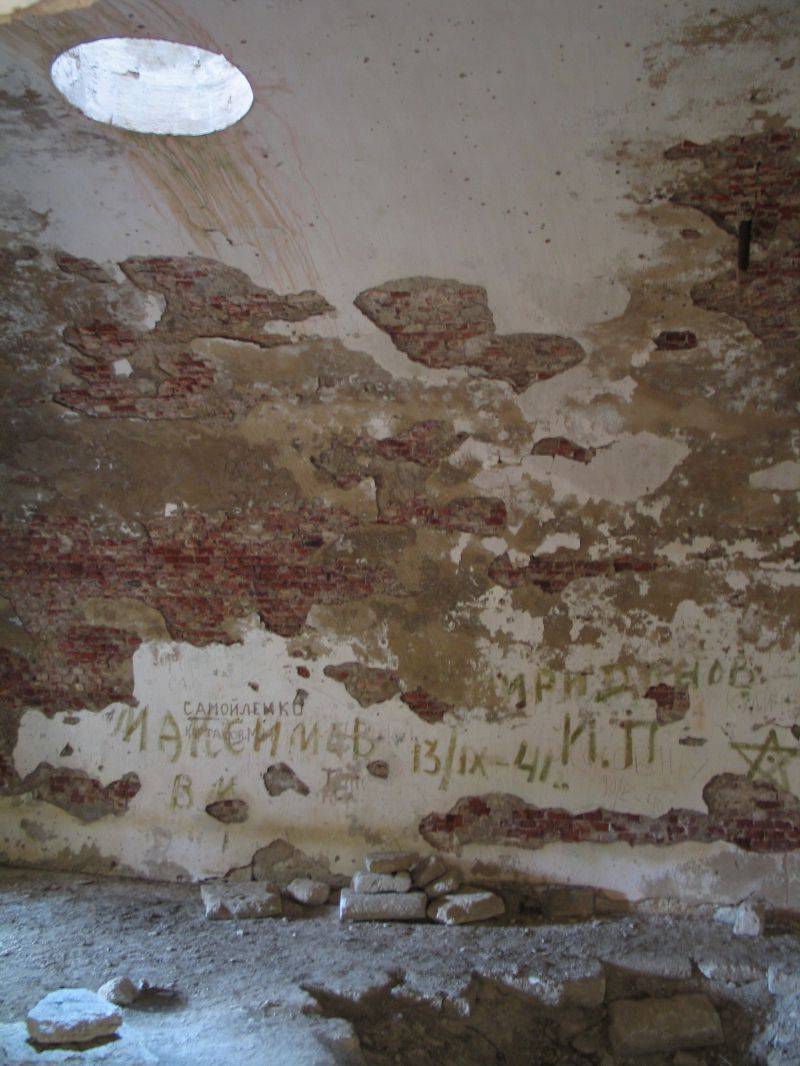
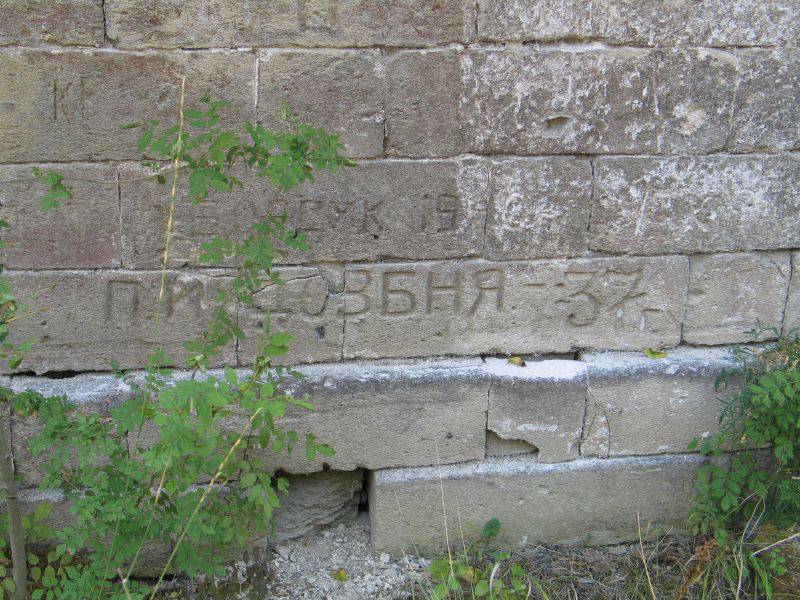
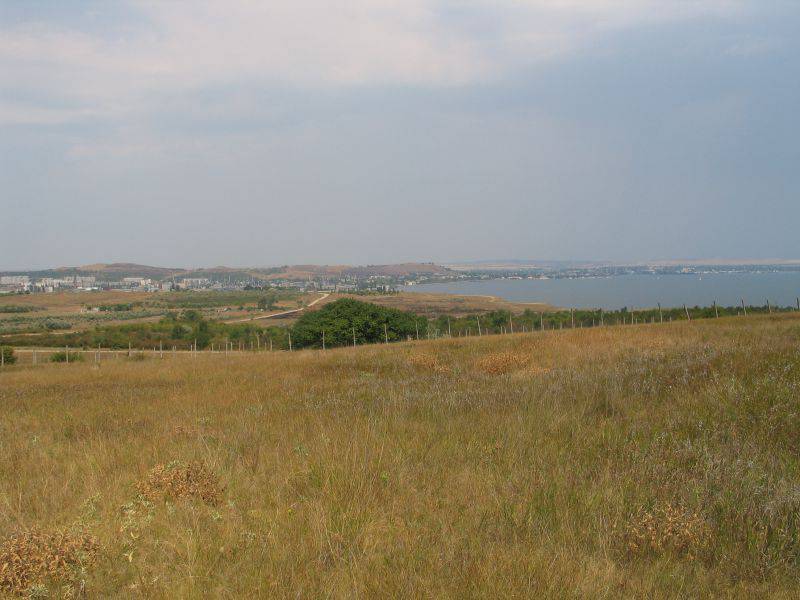
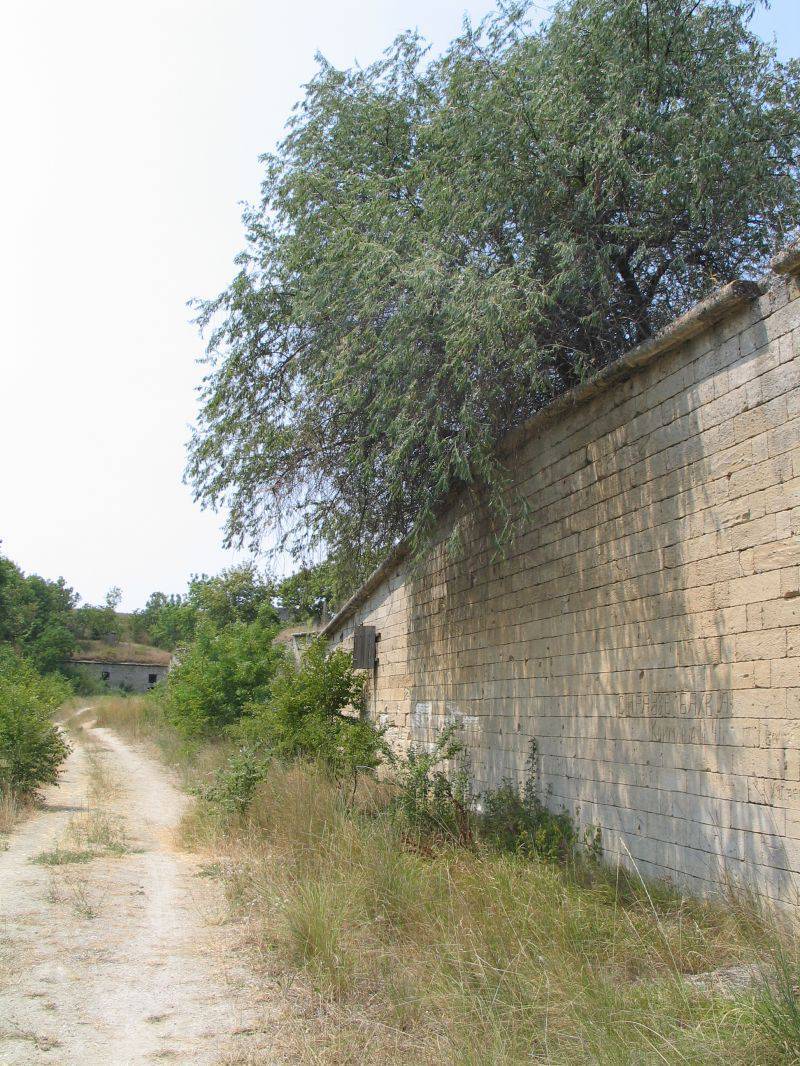
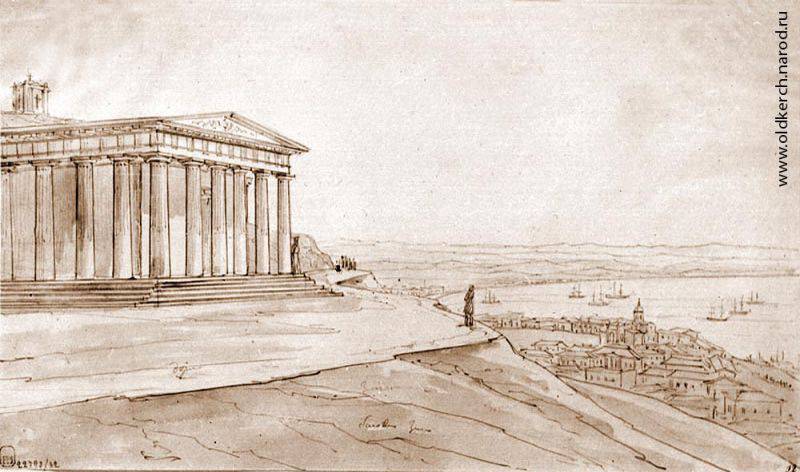
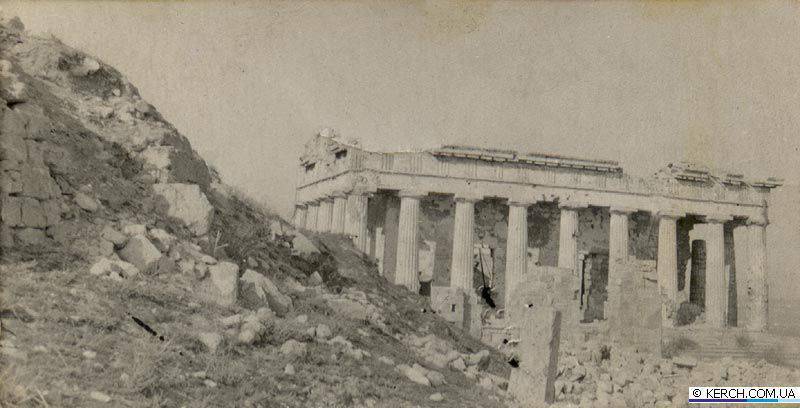
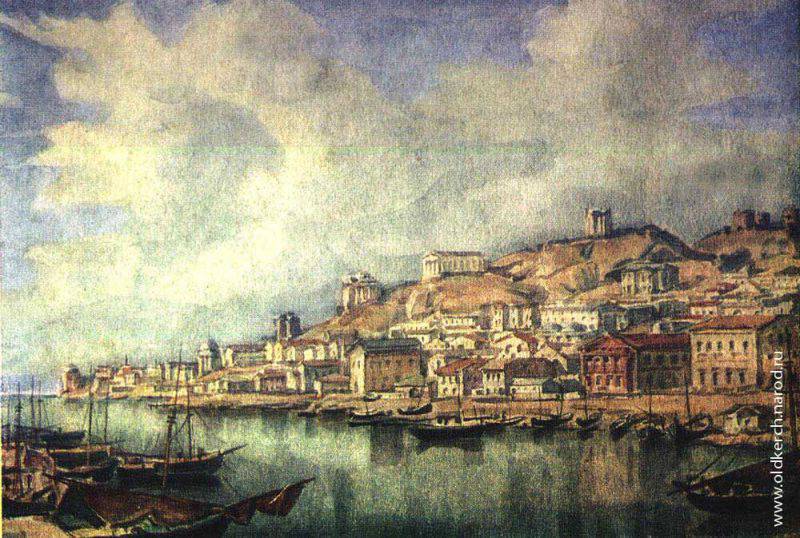
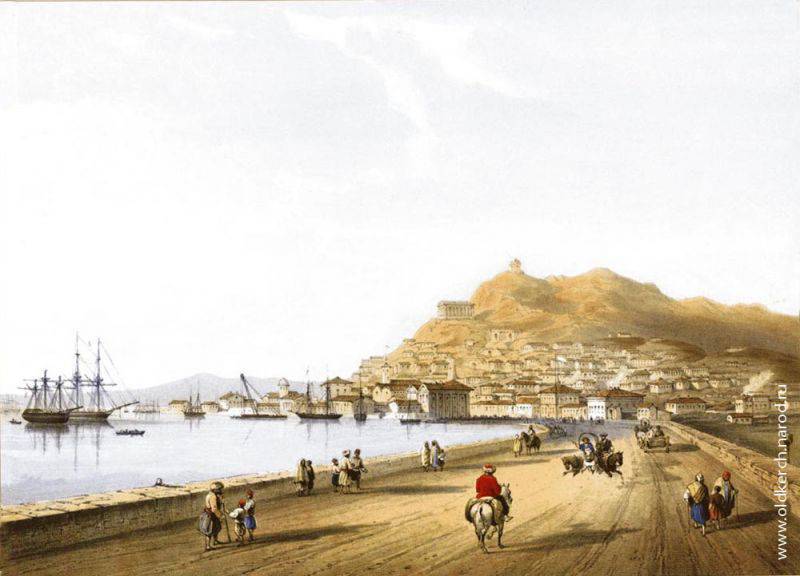
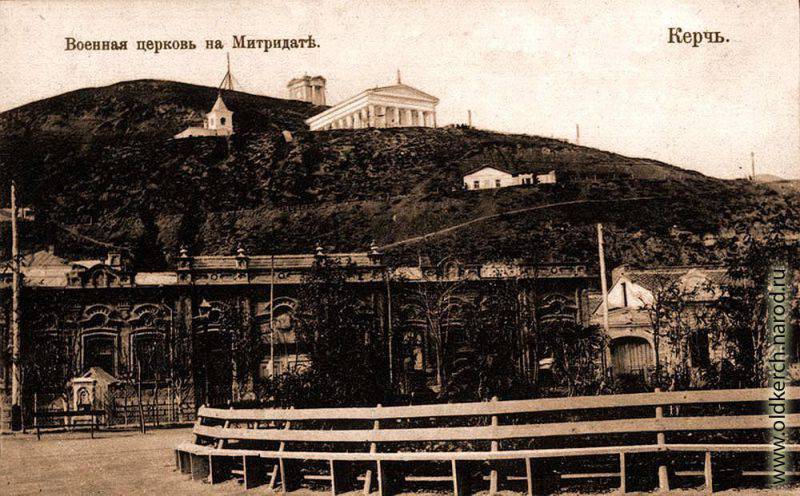
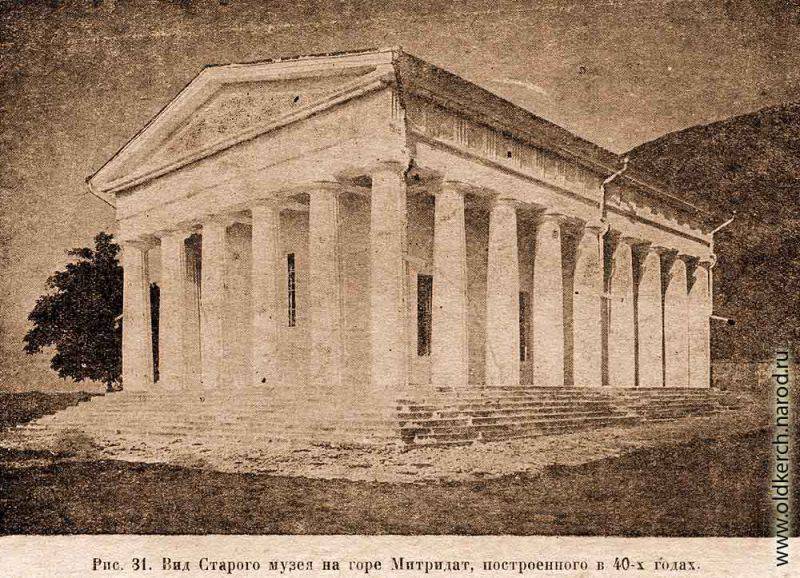
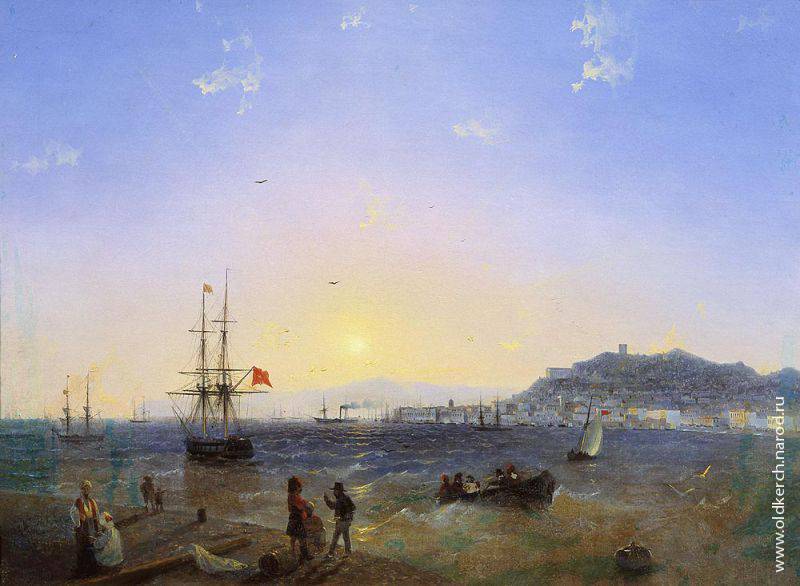
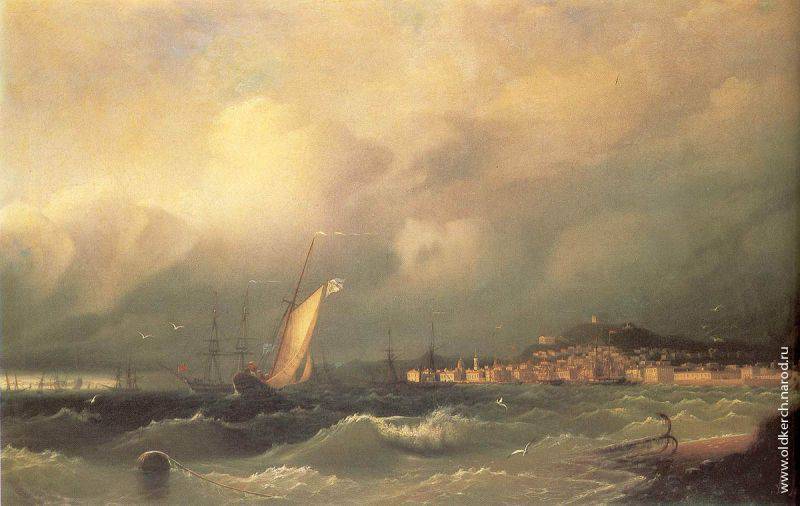
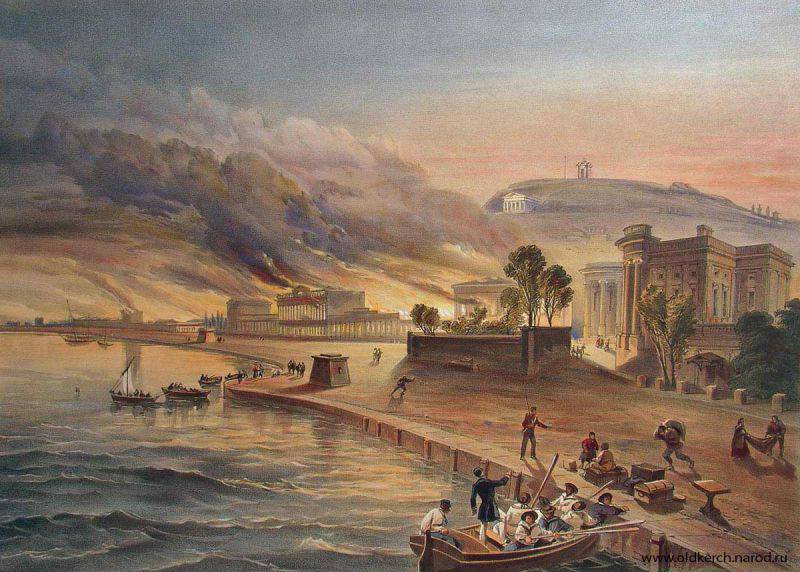
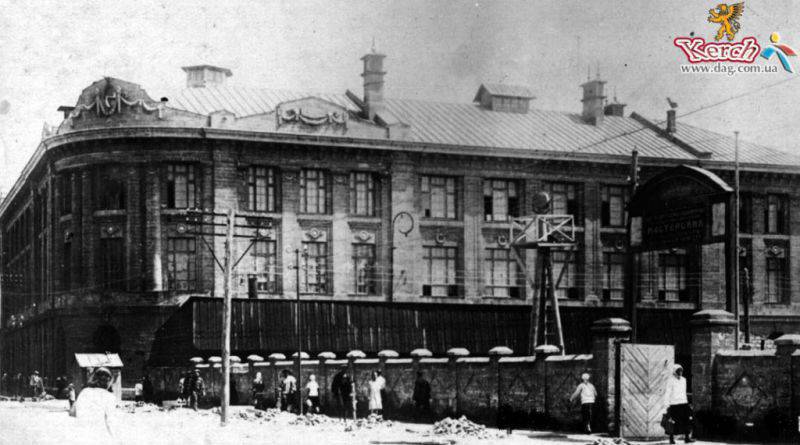
Information